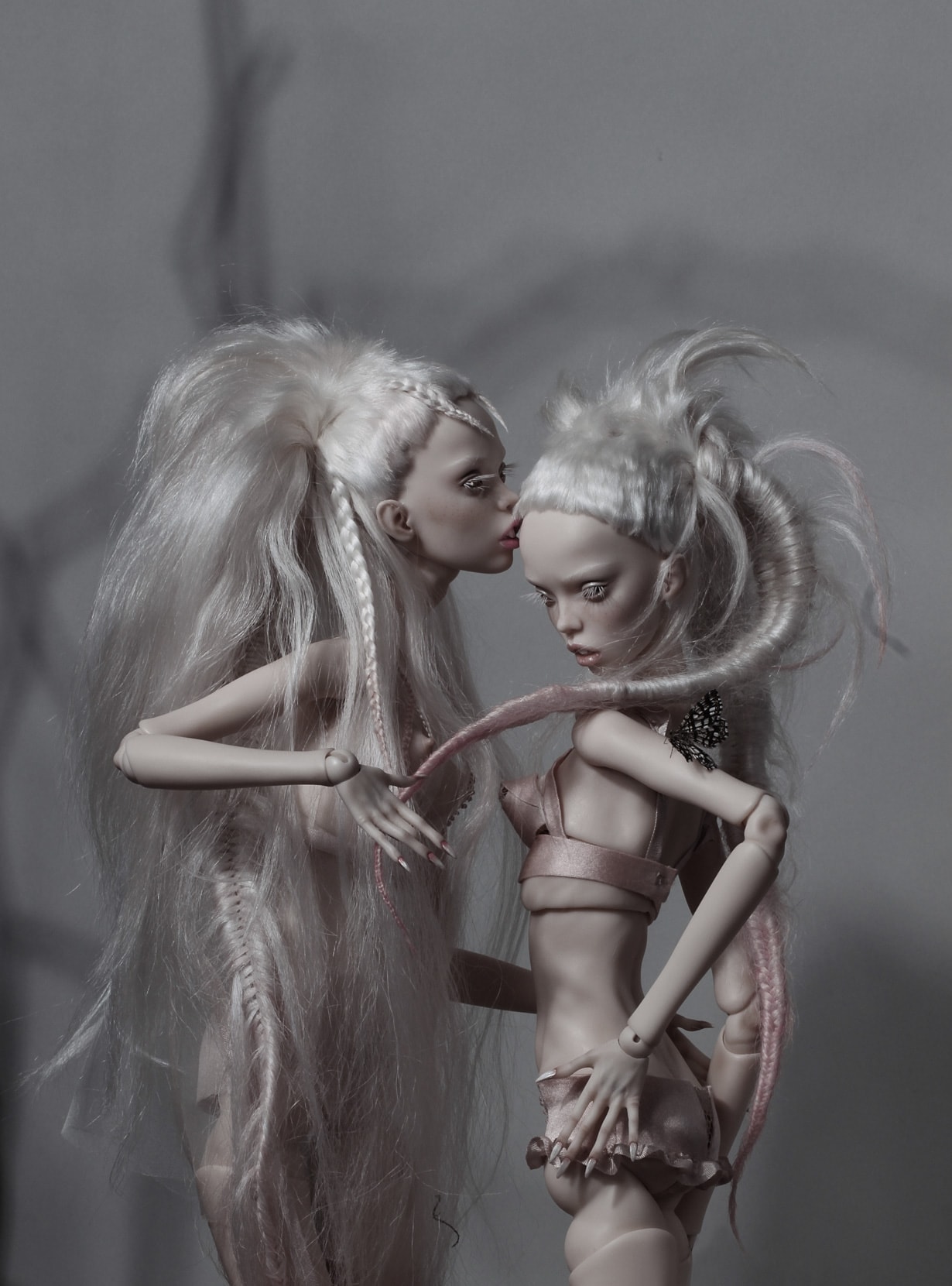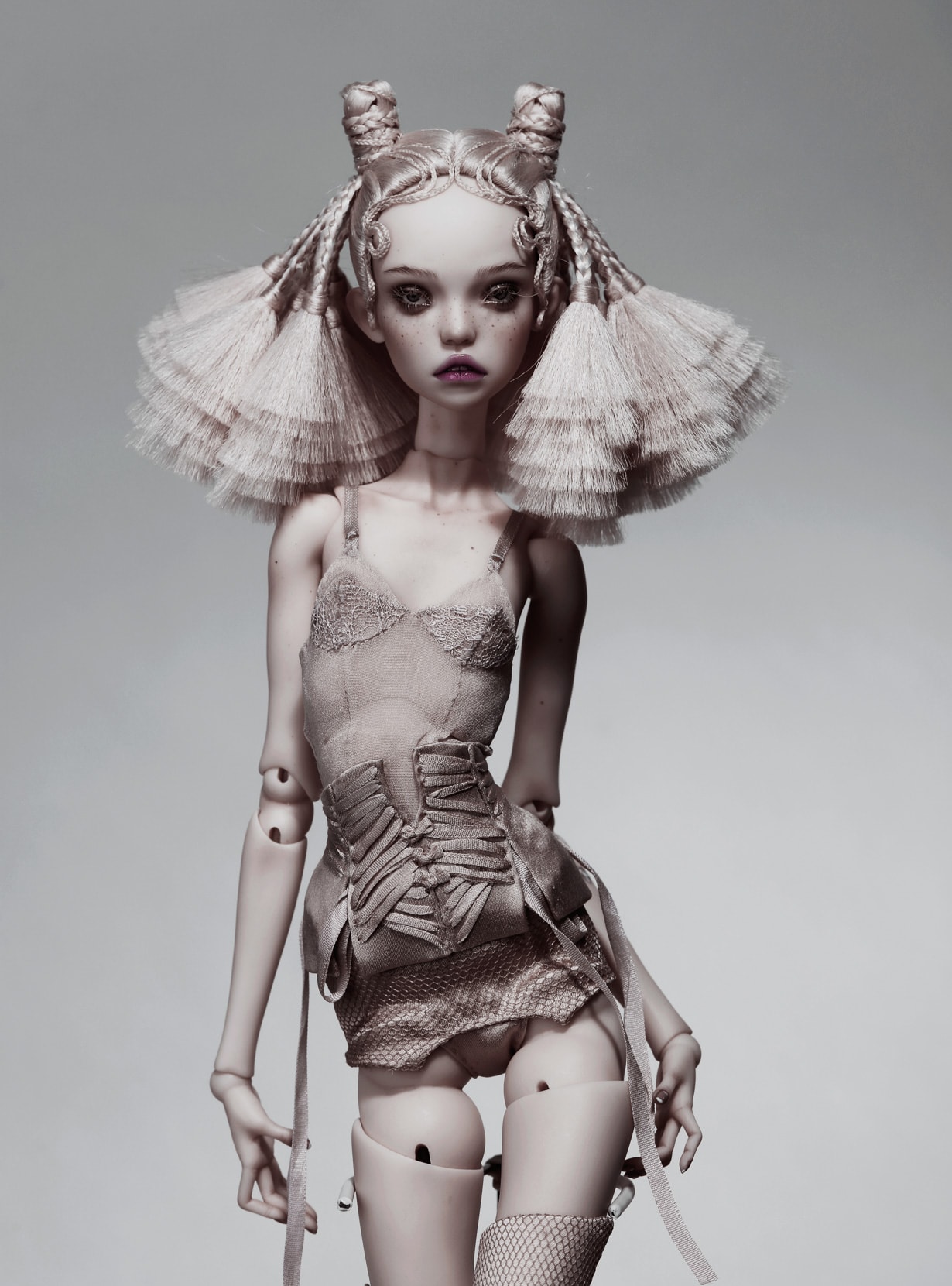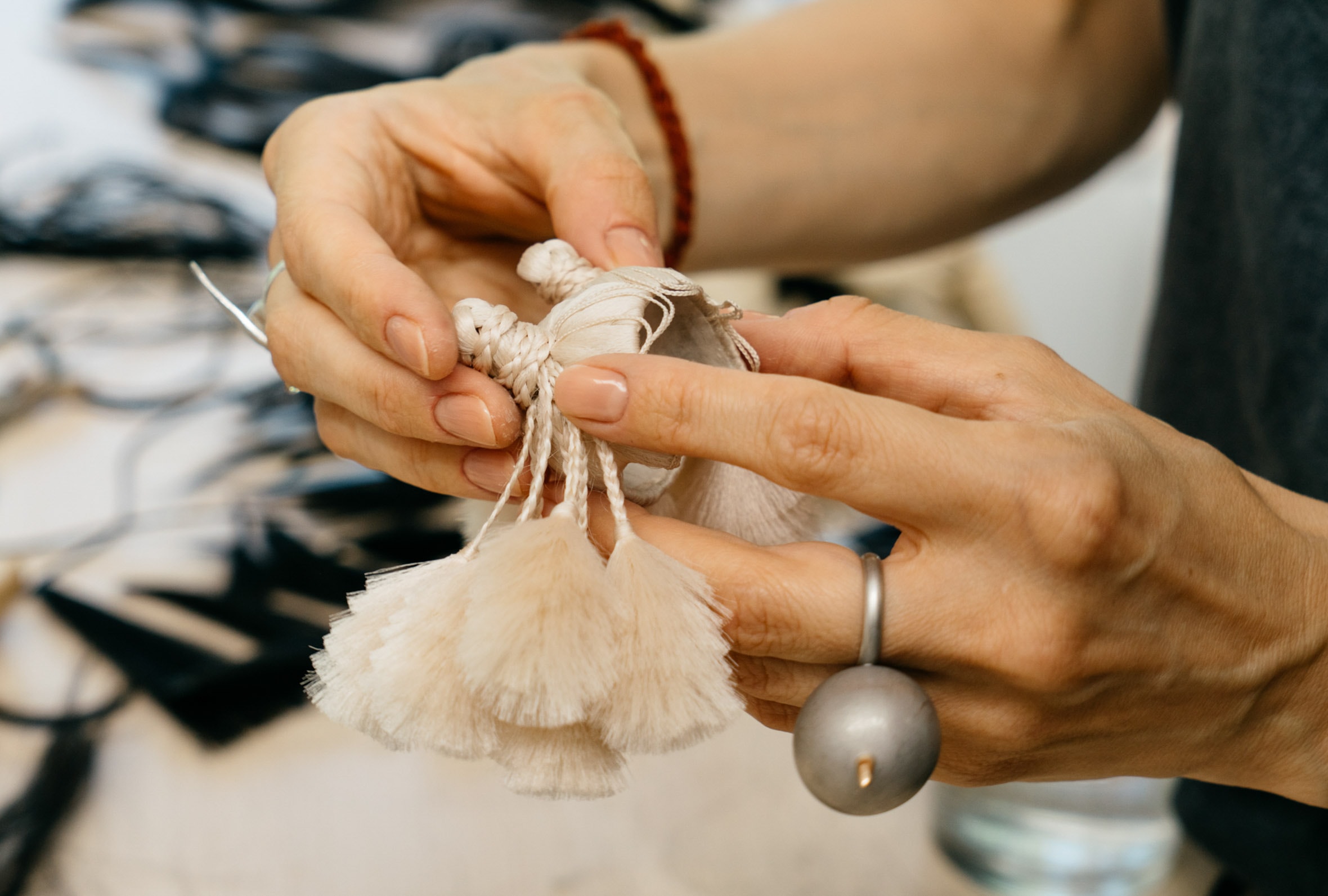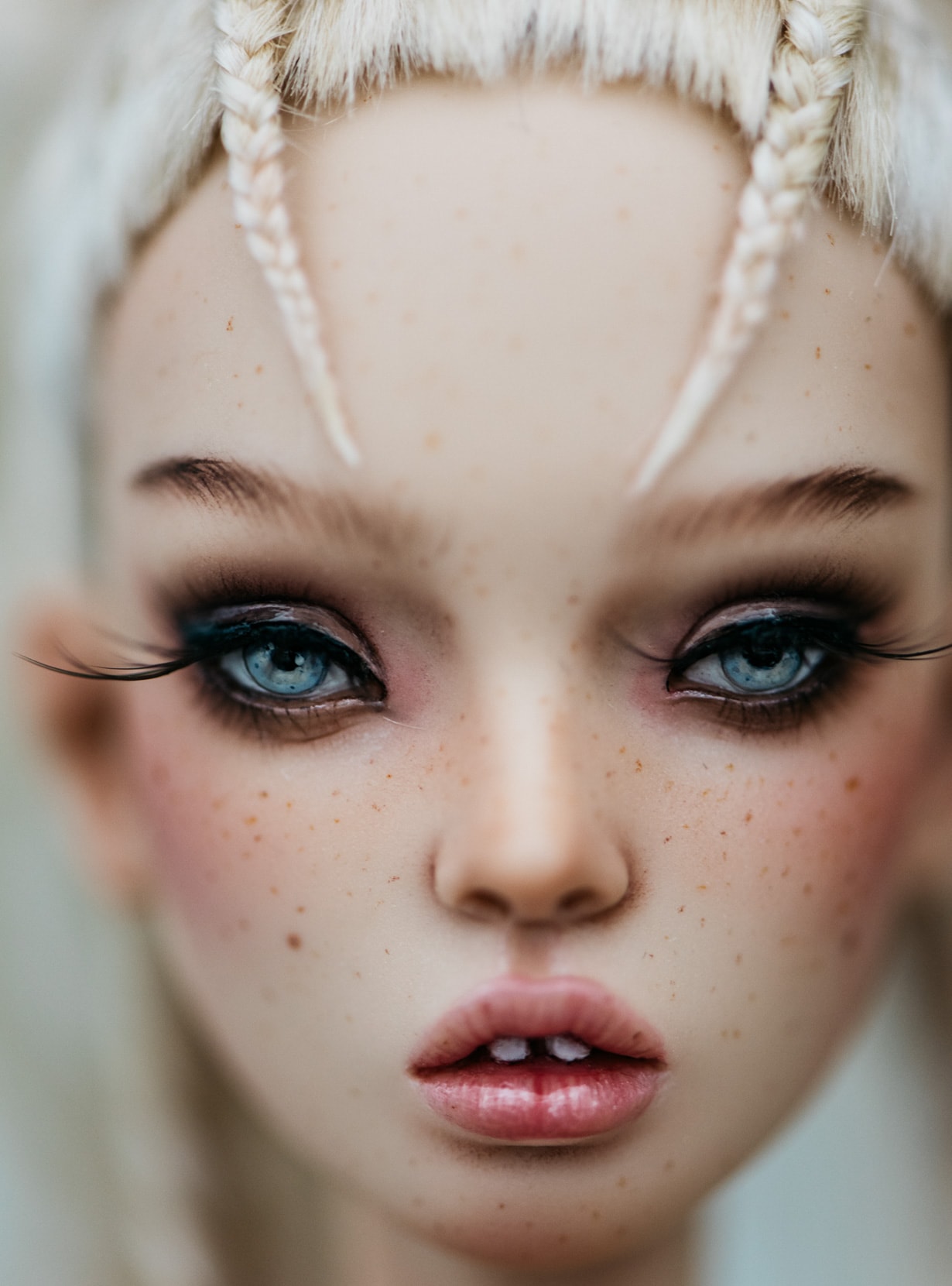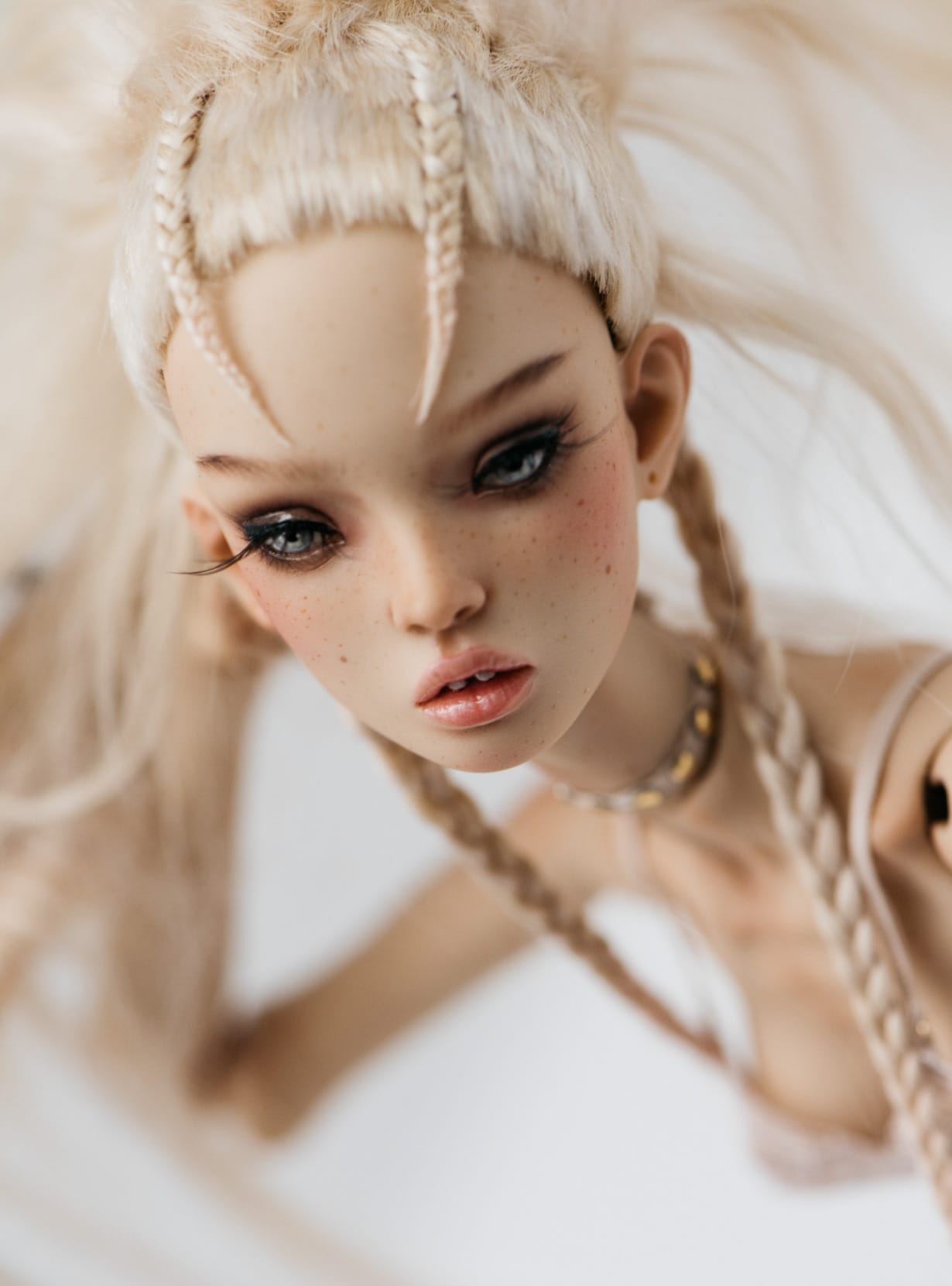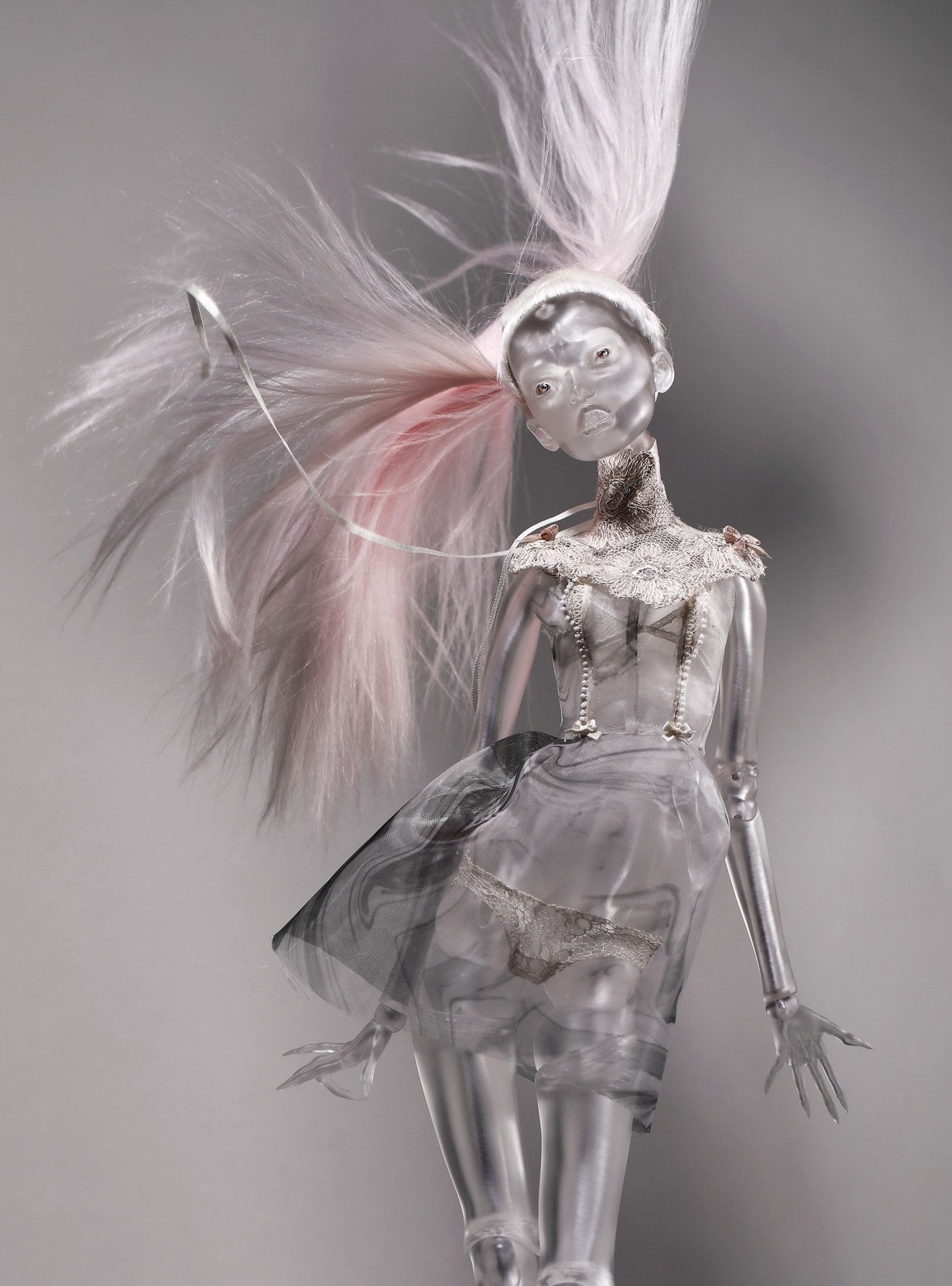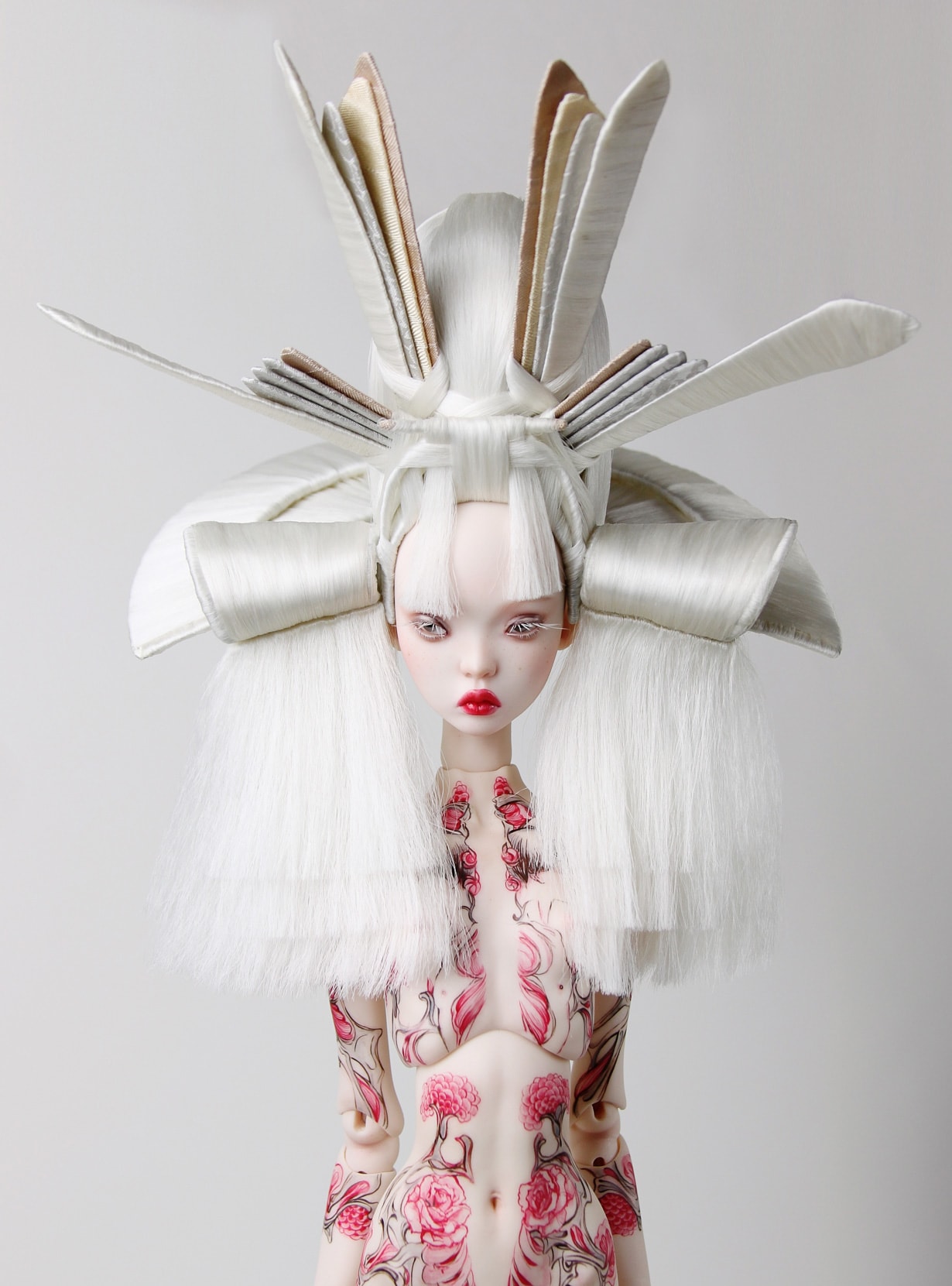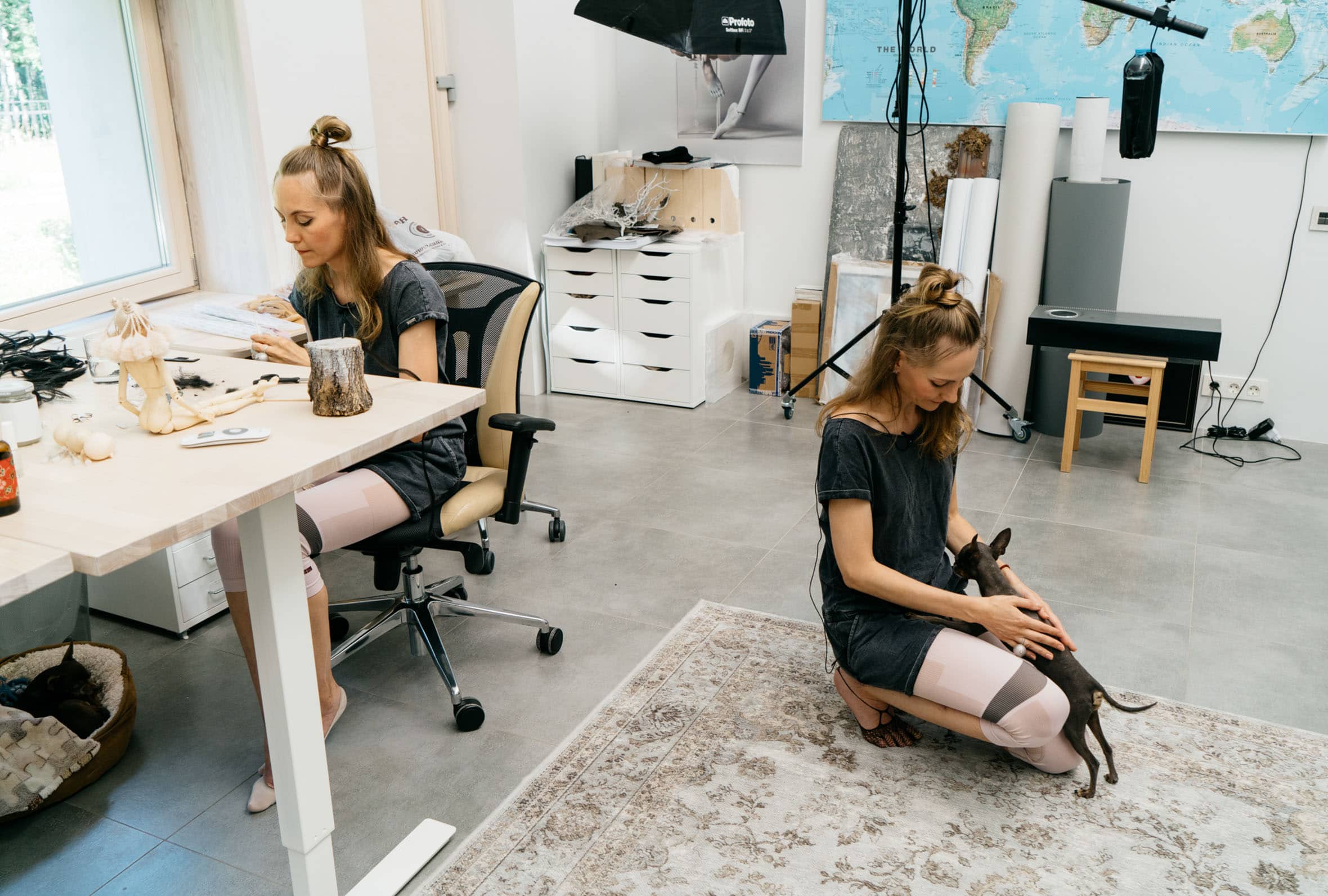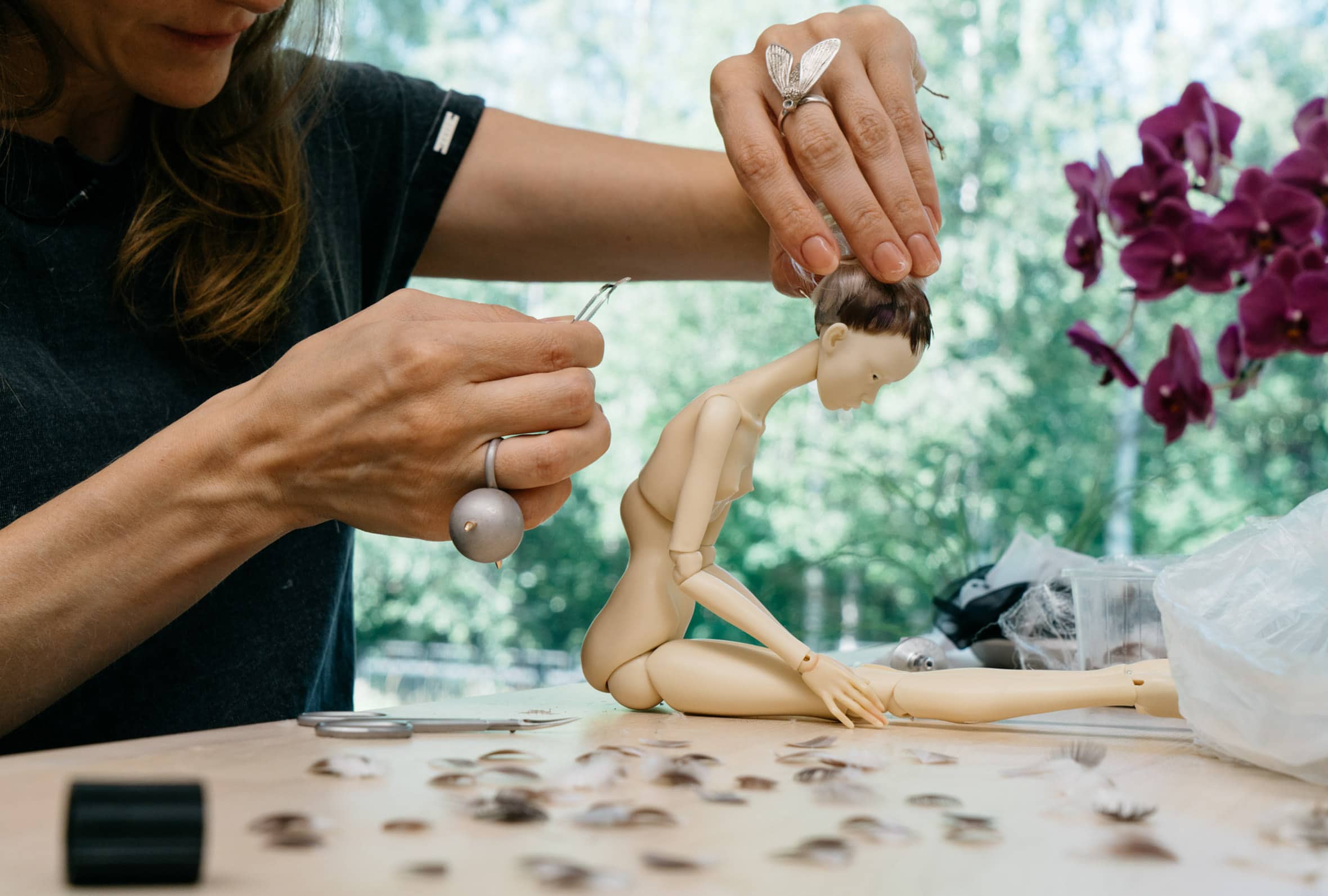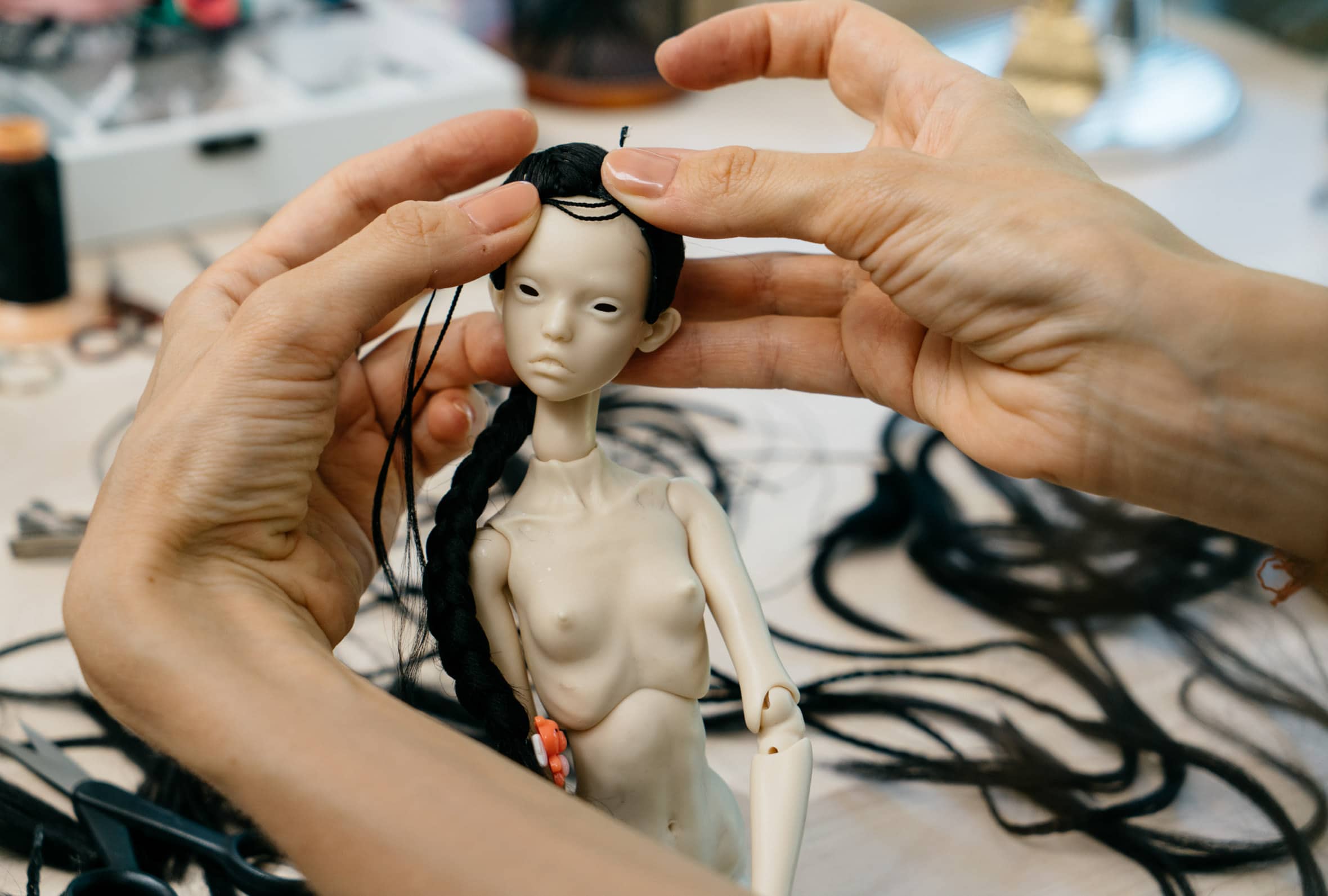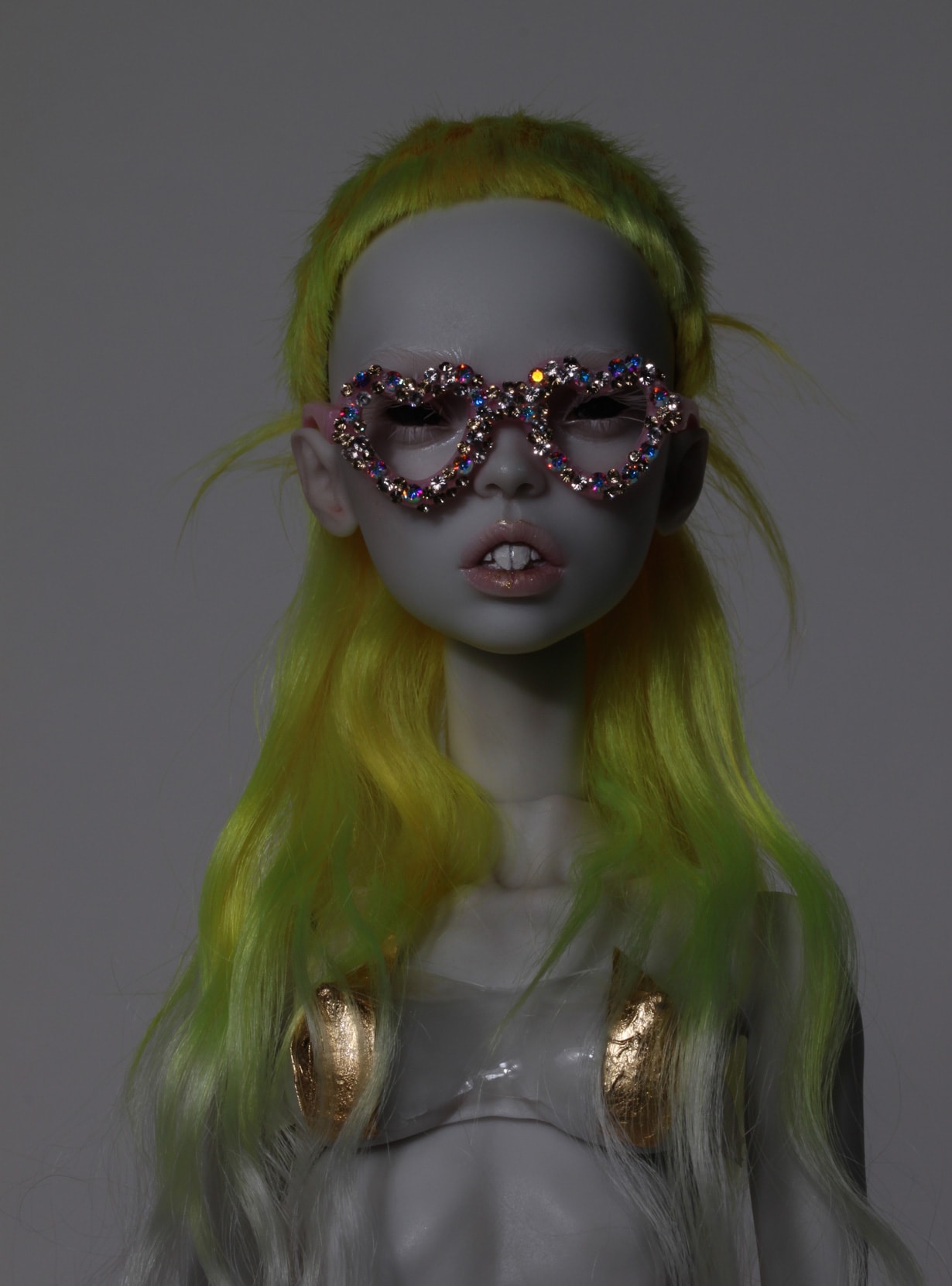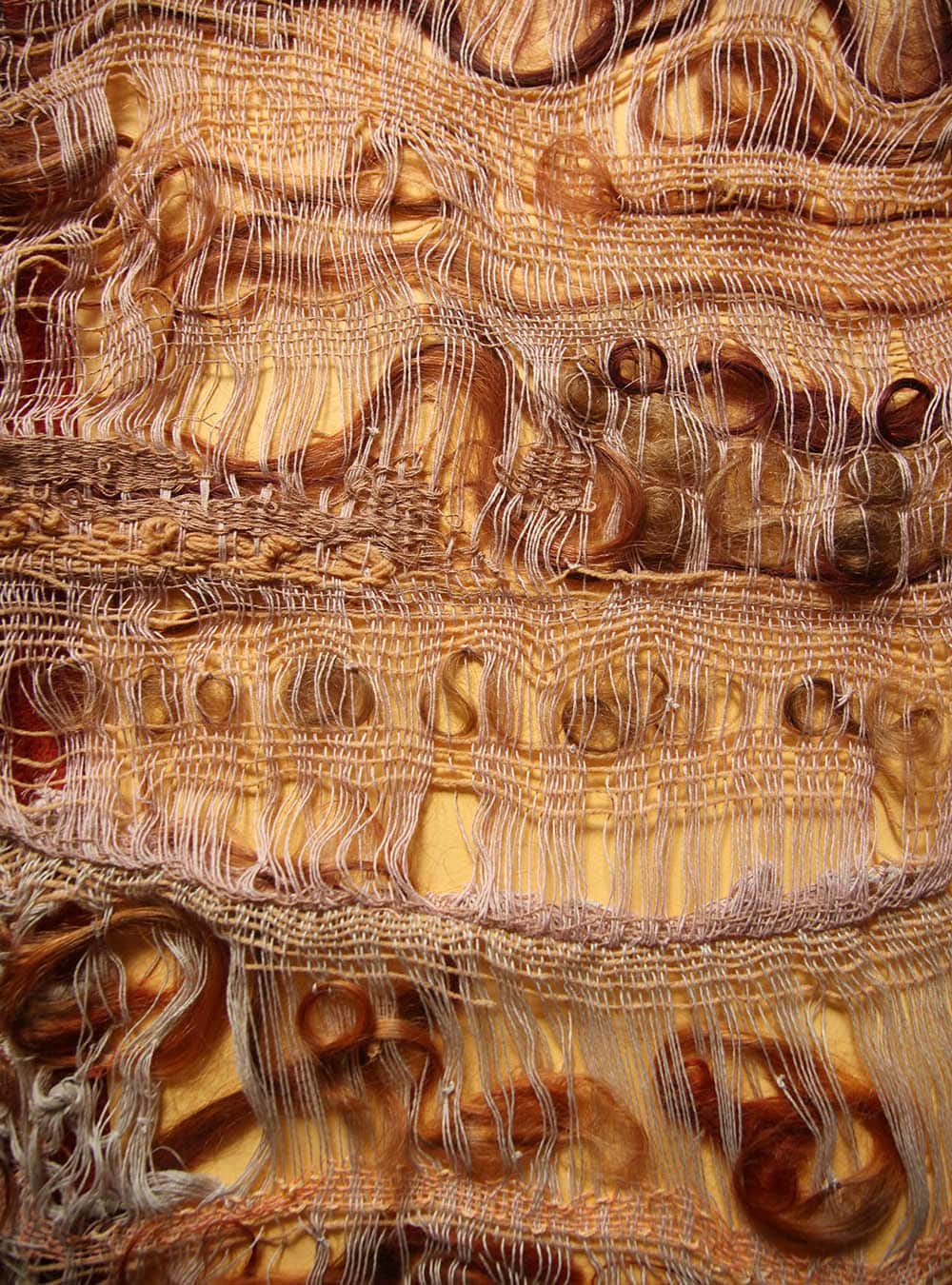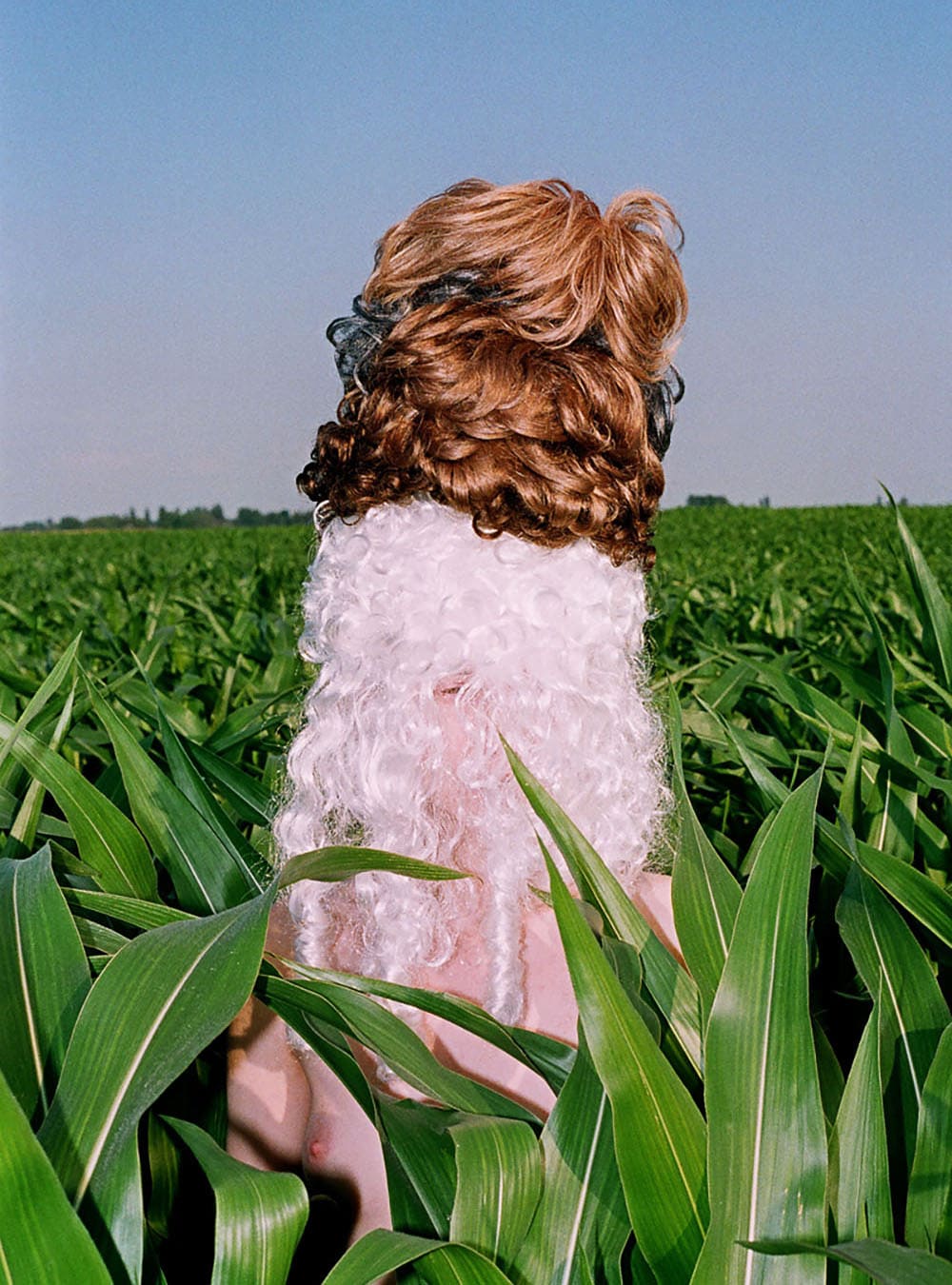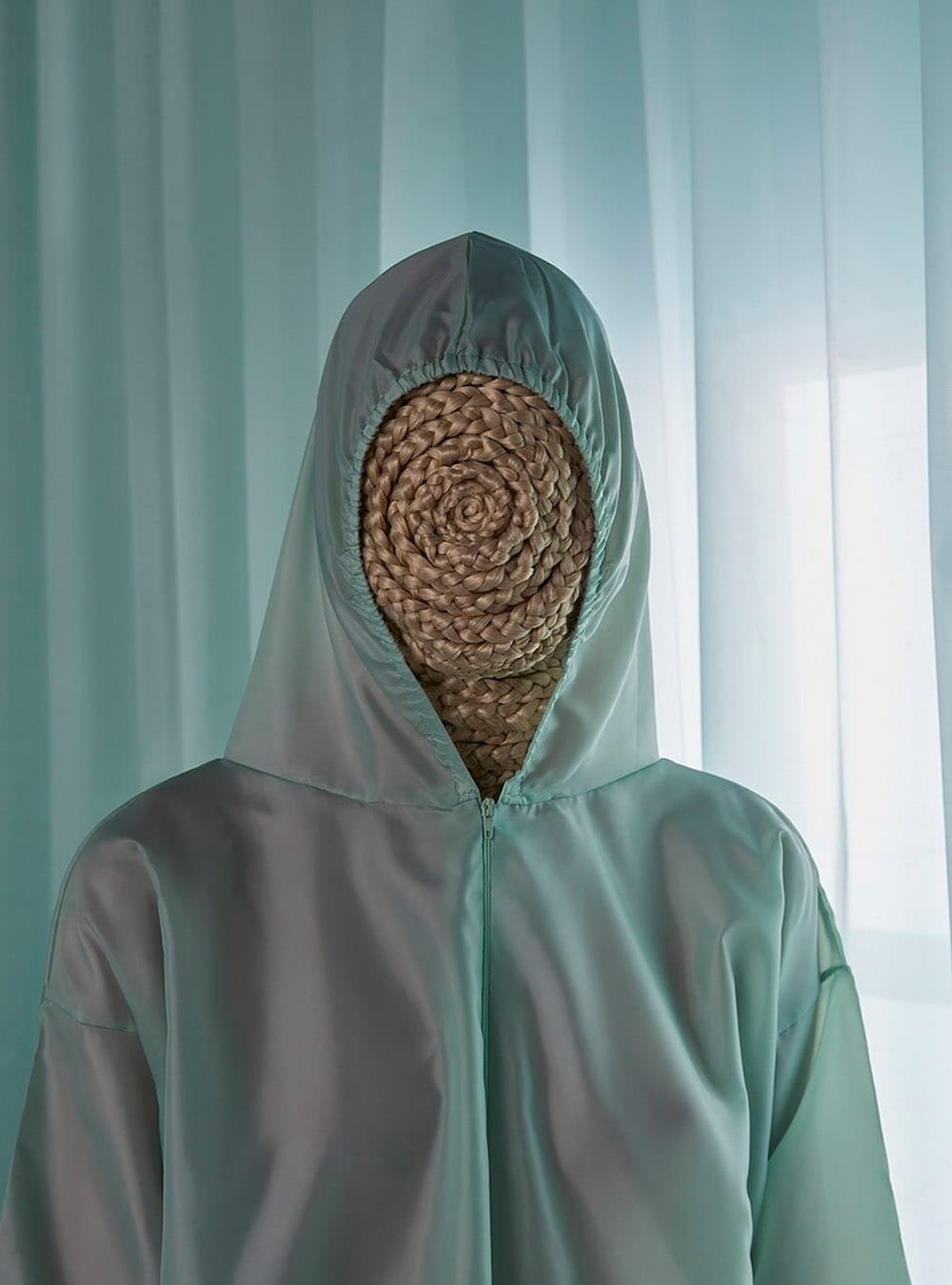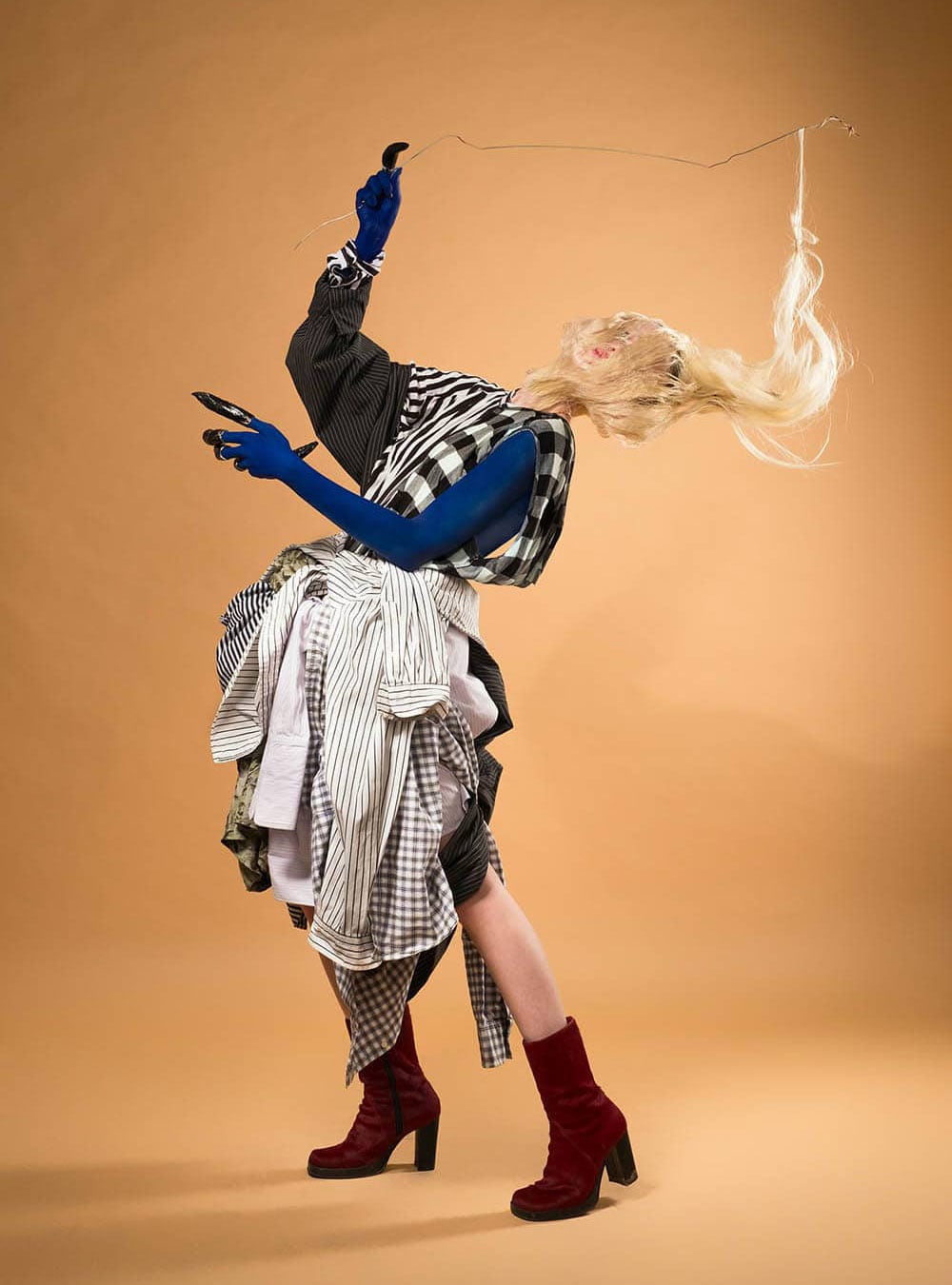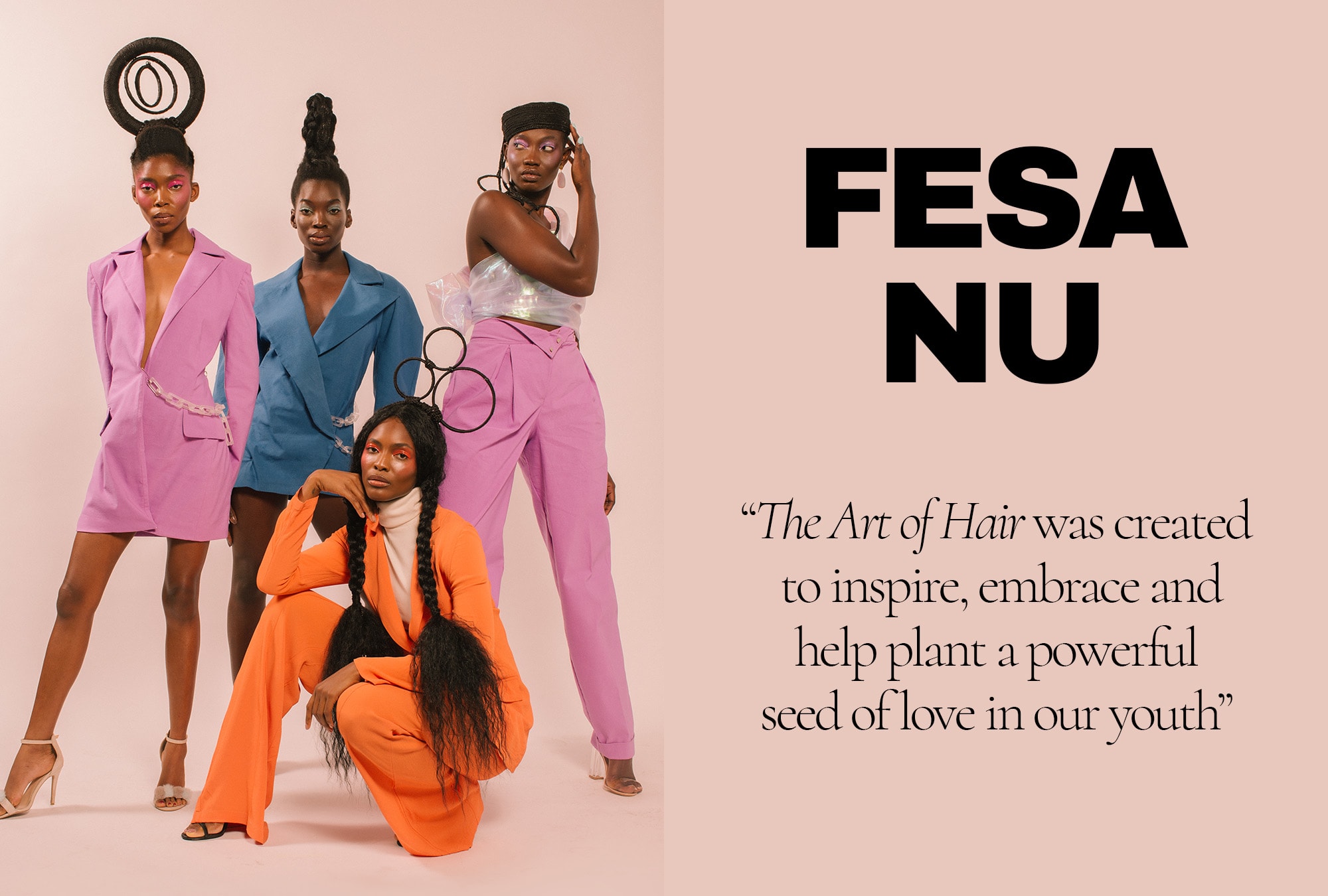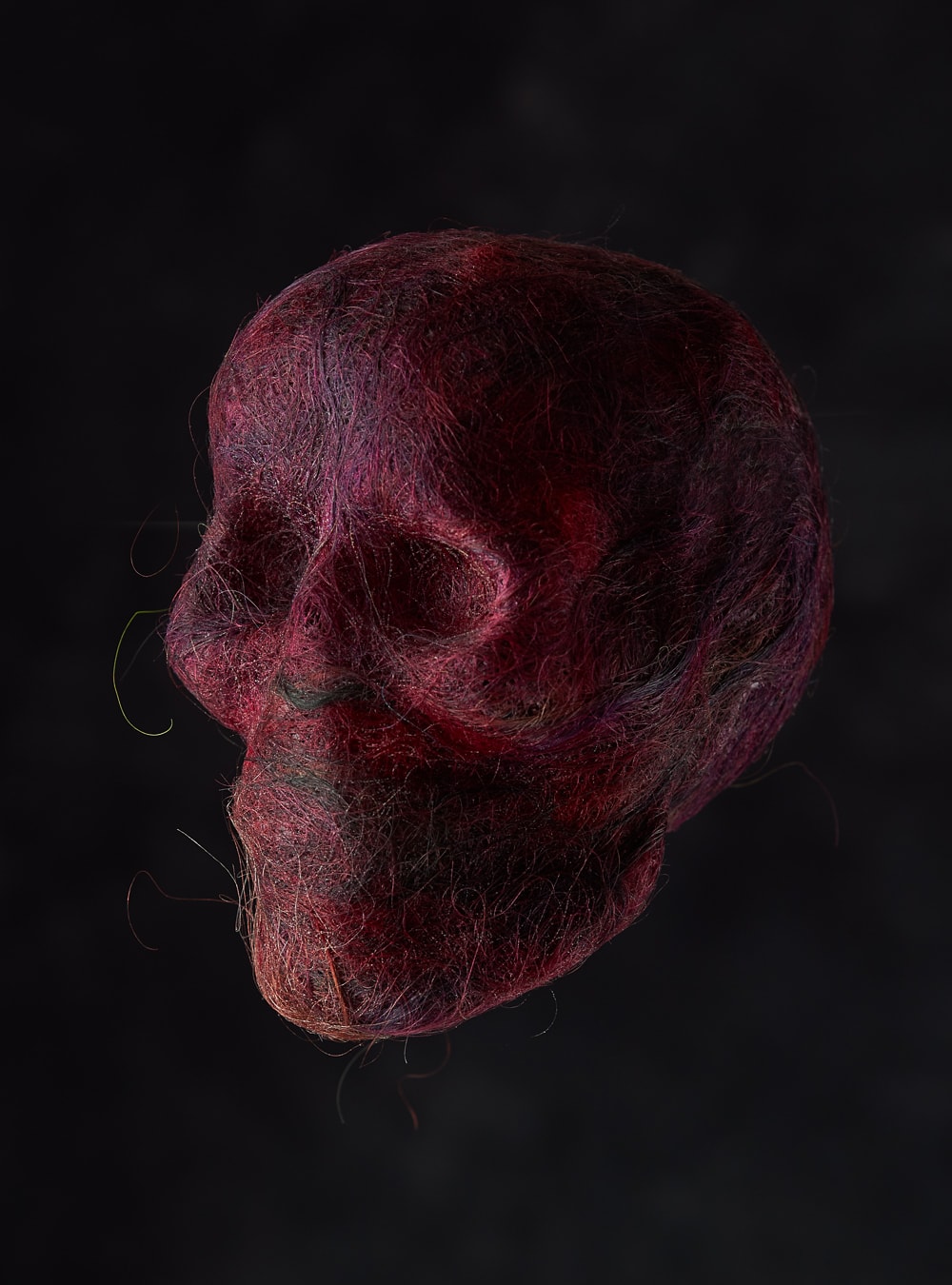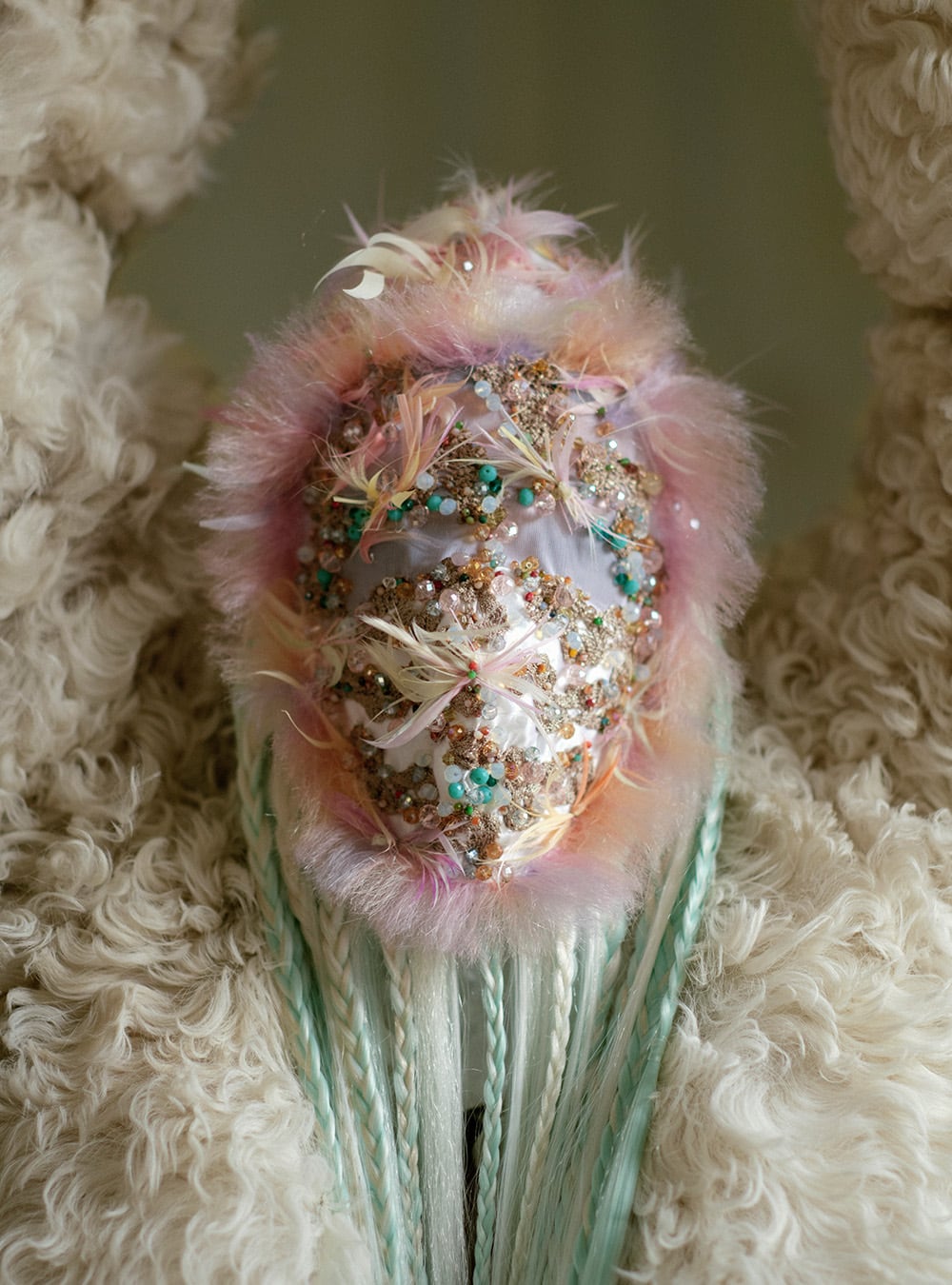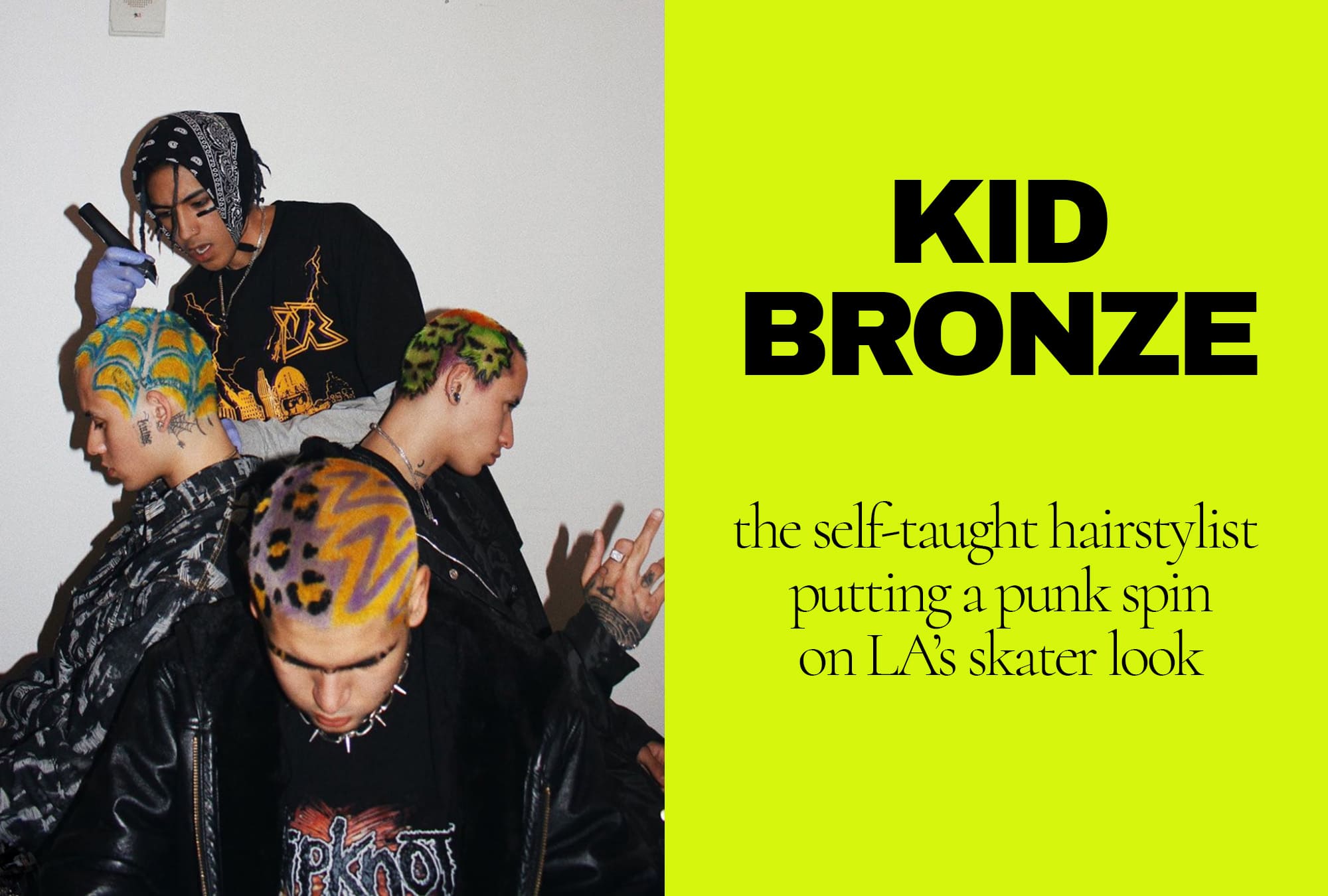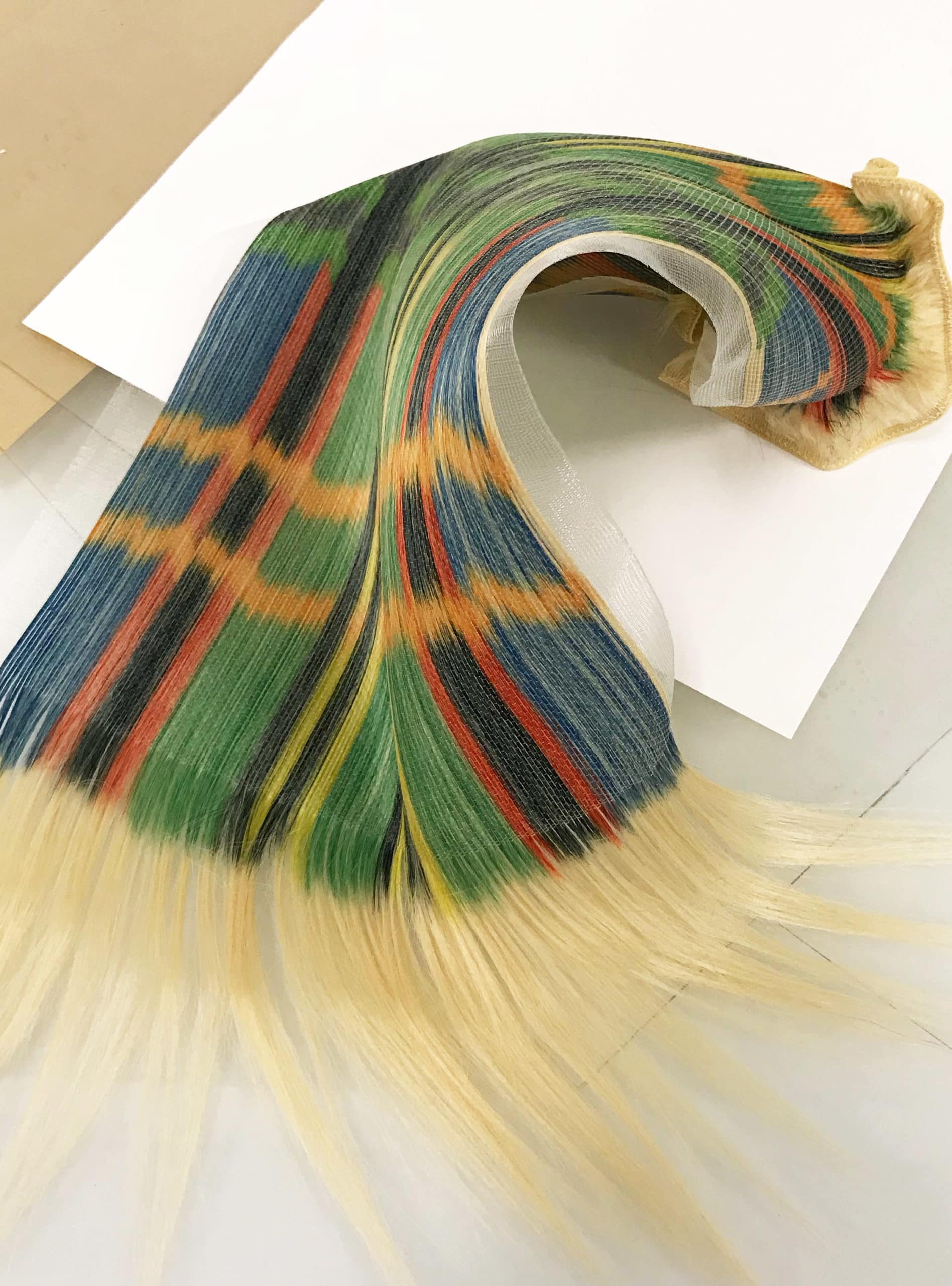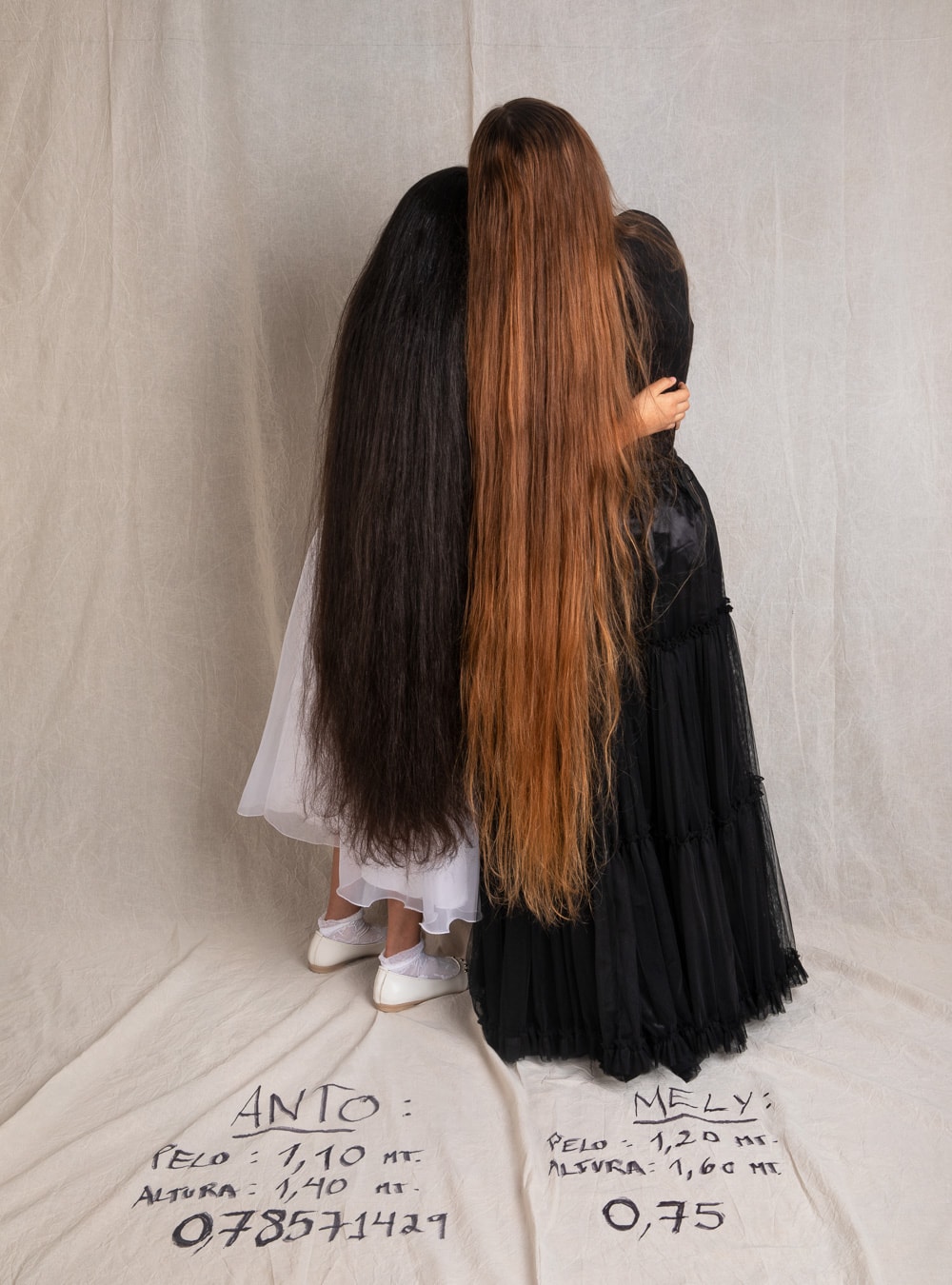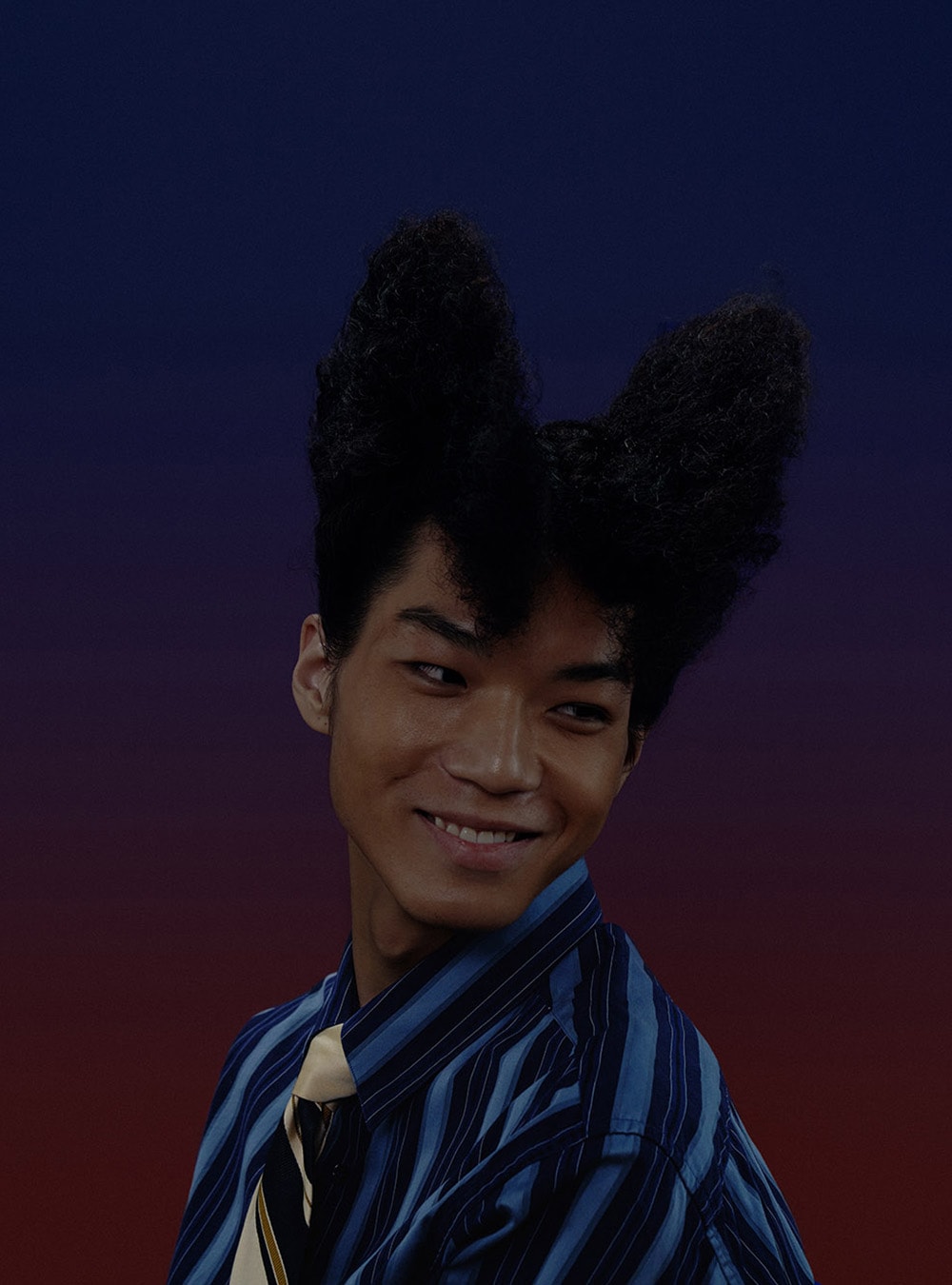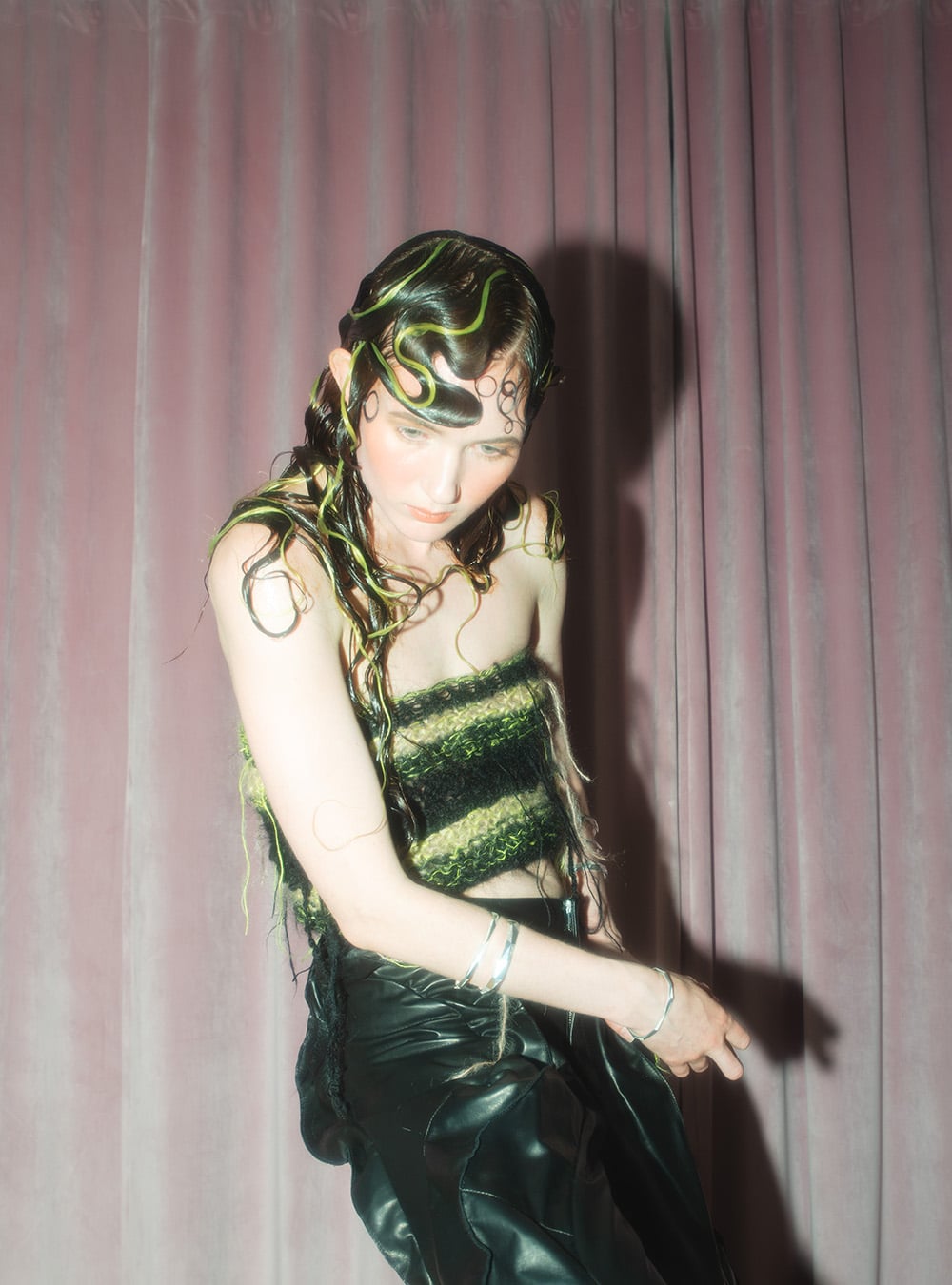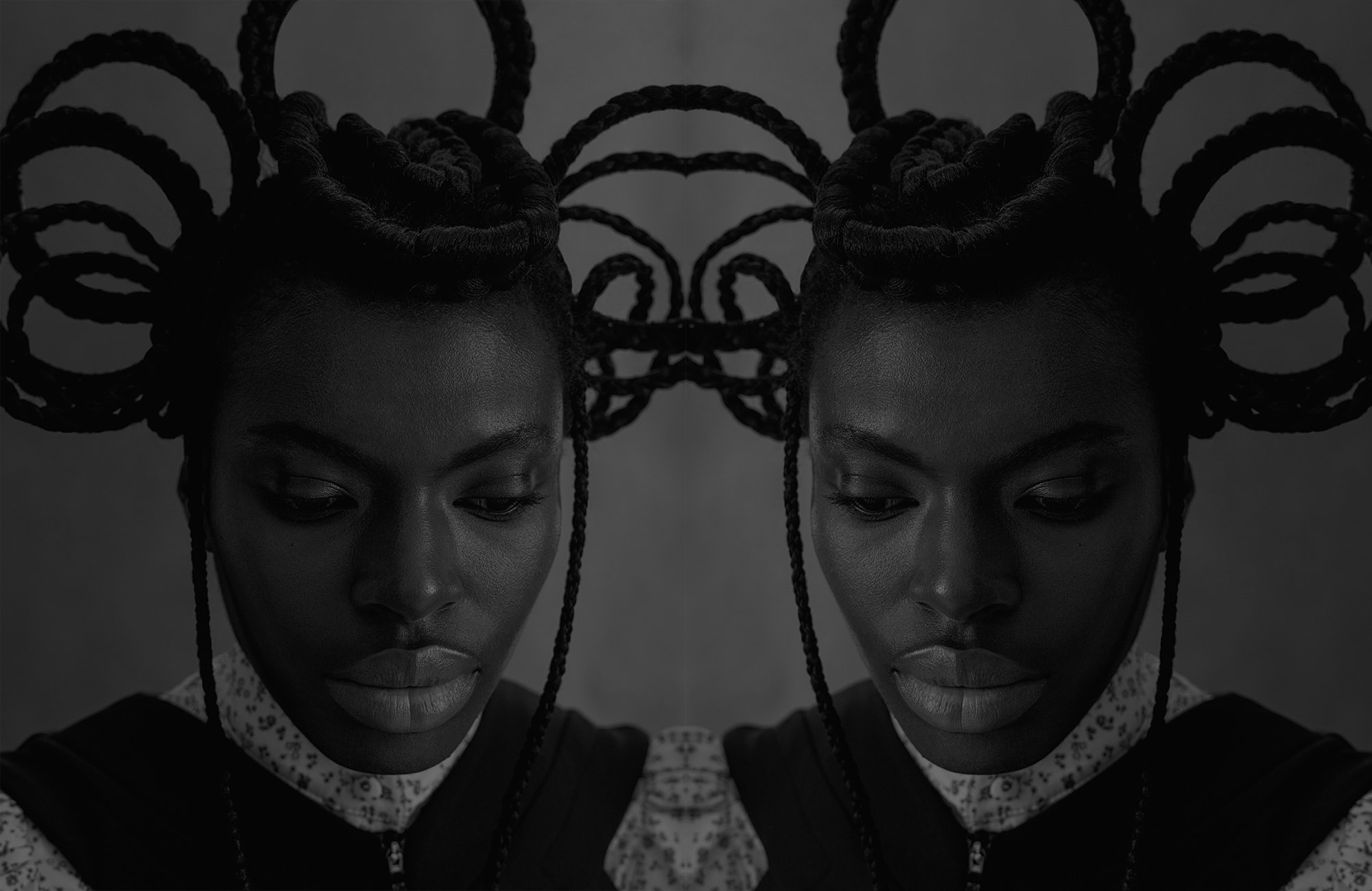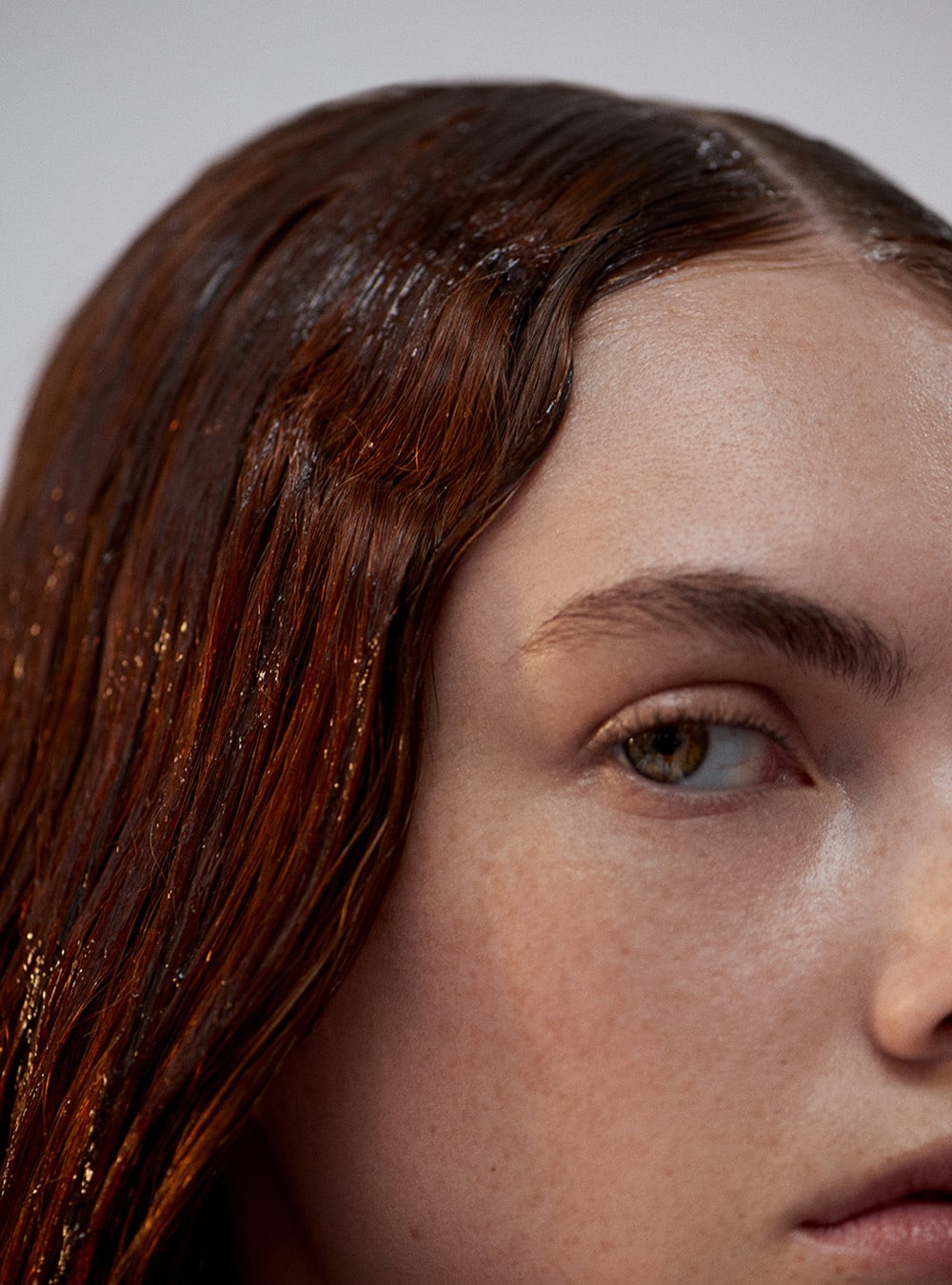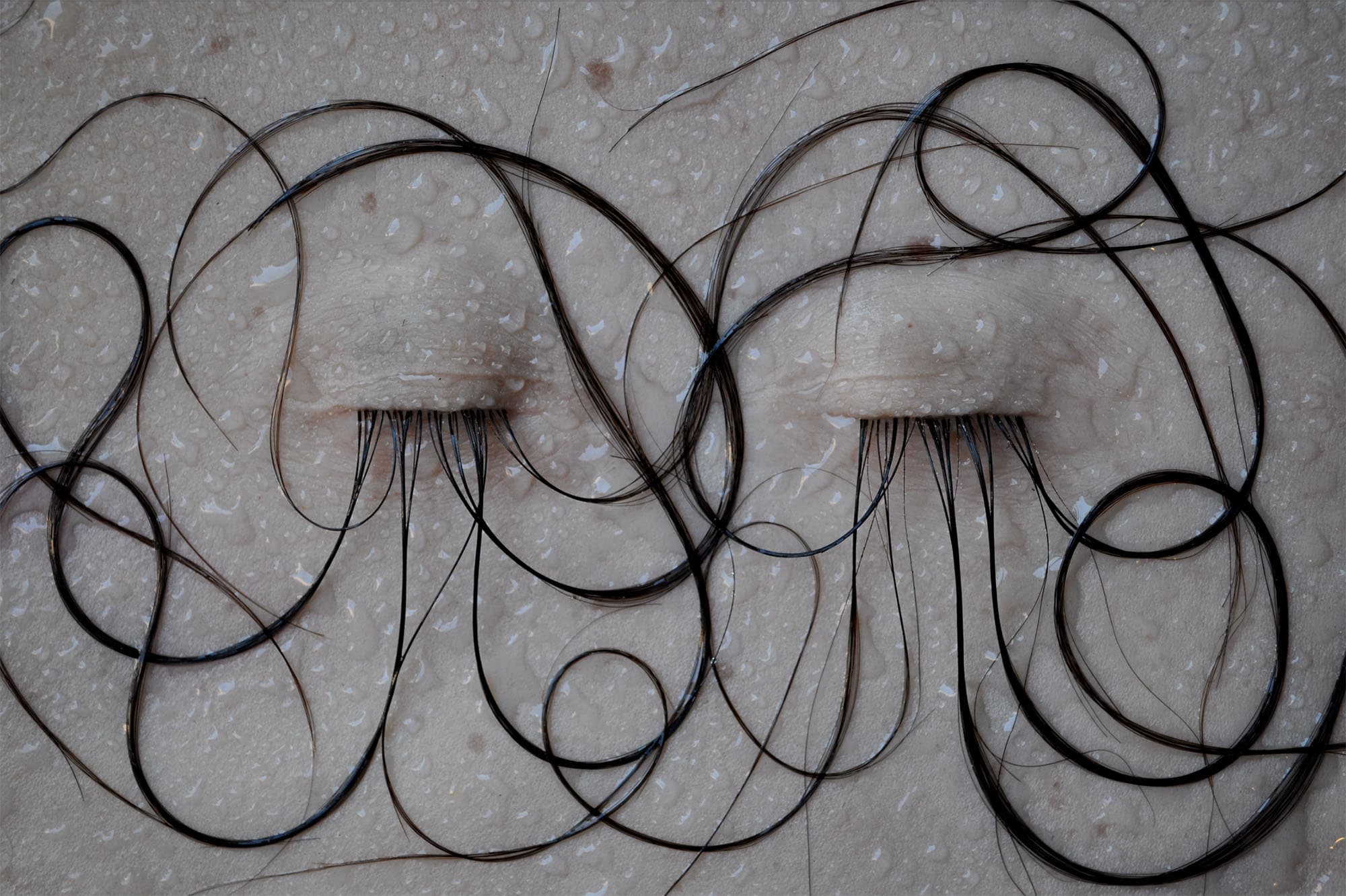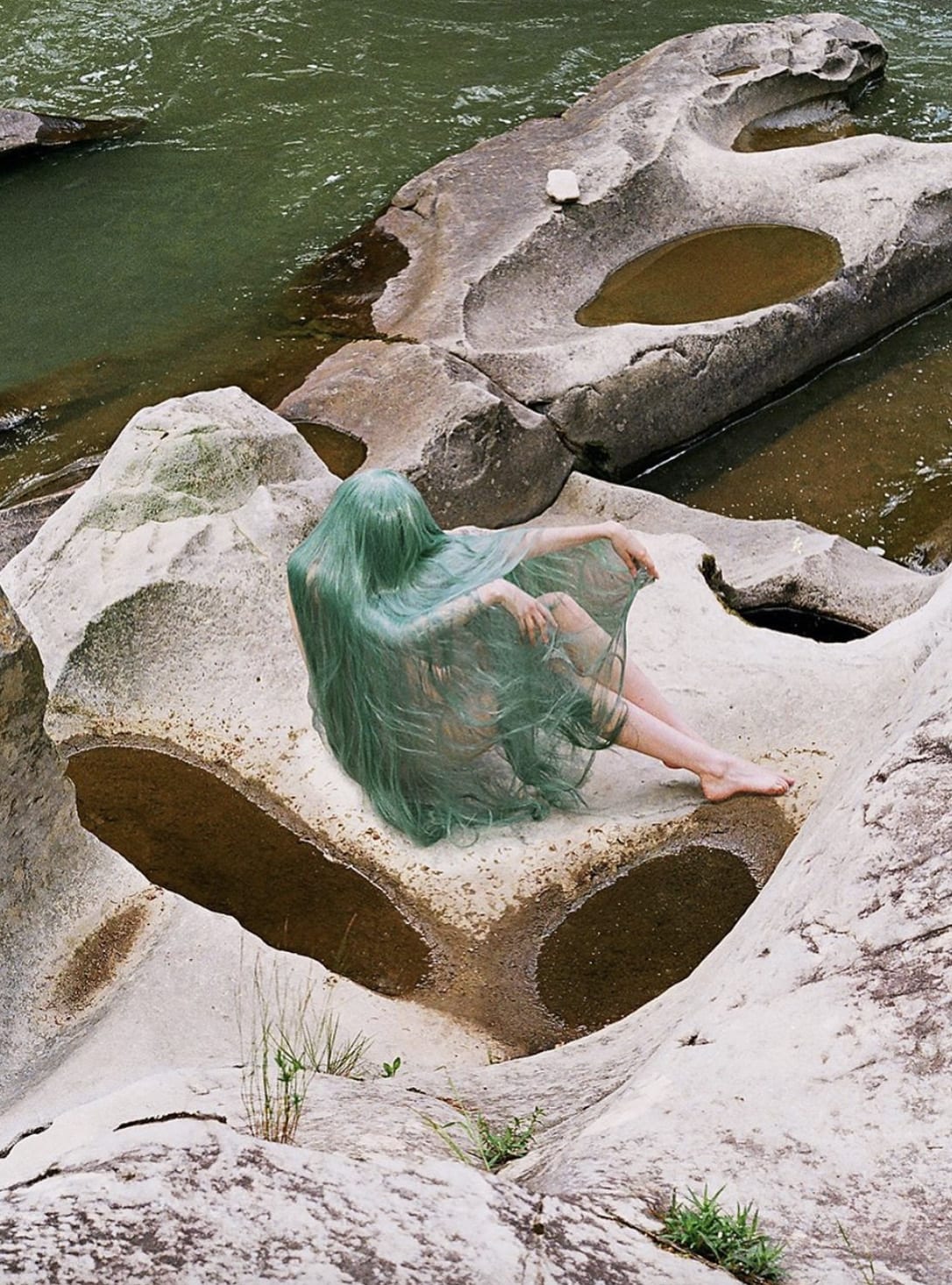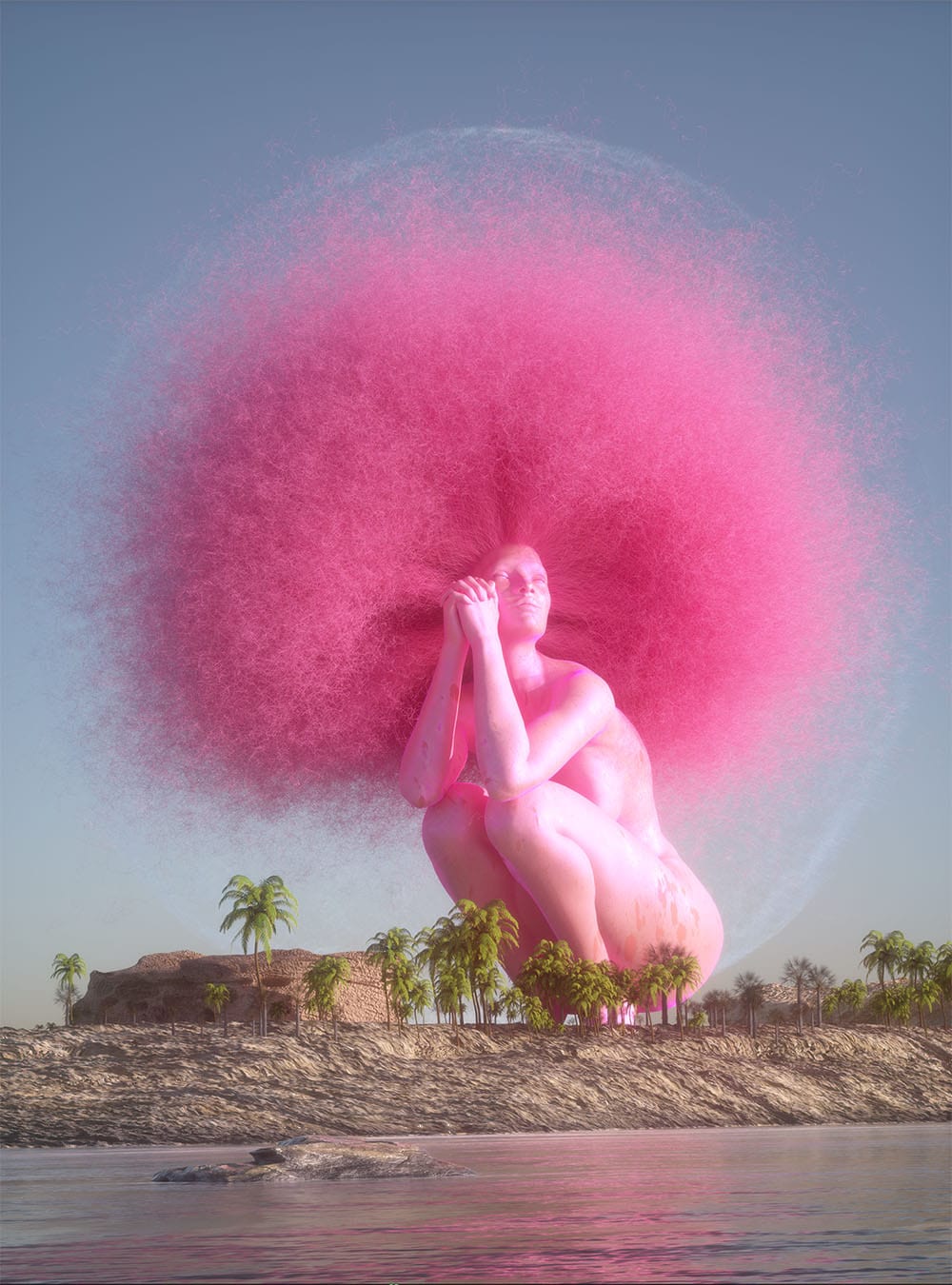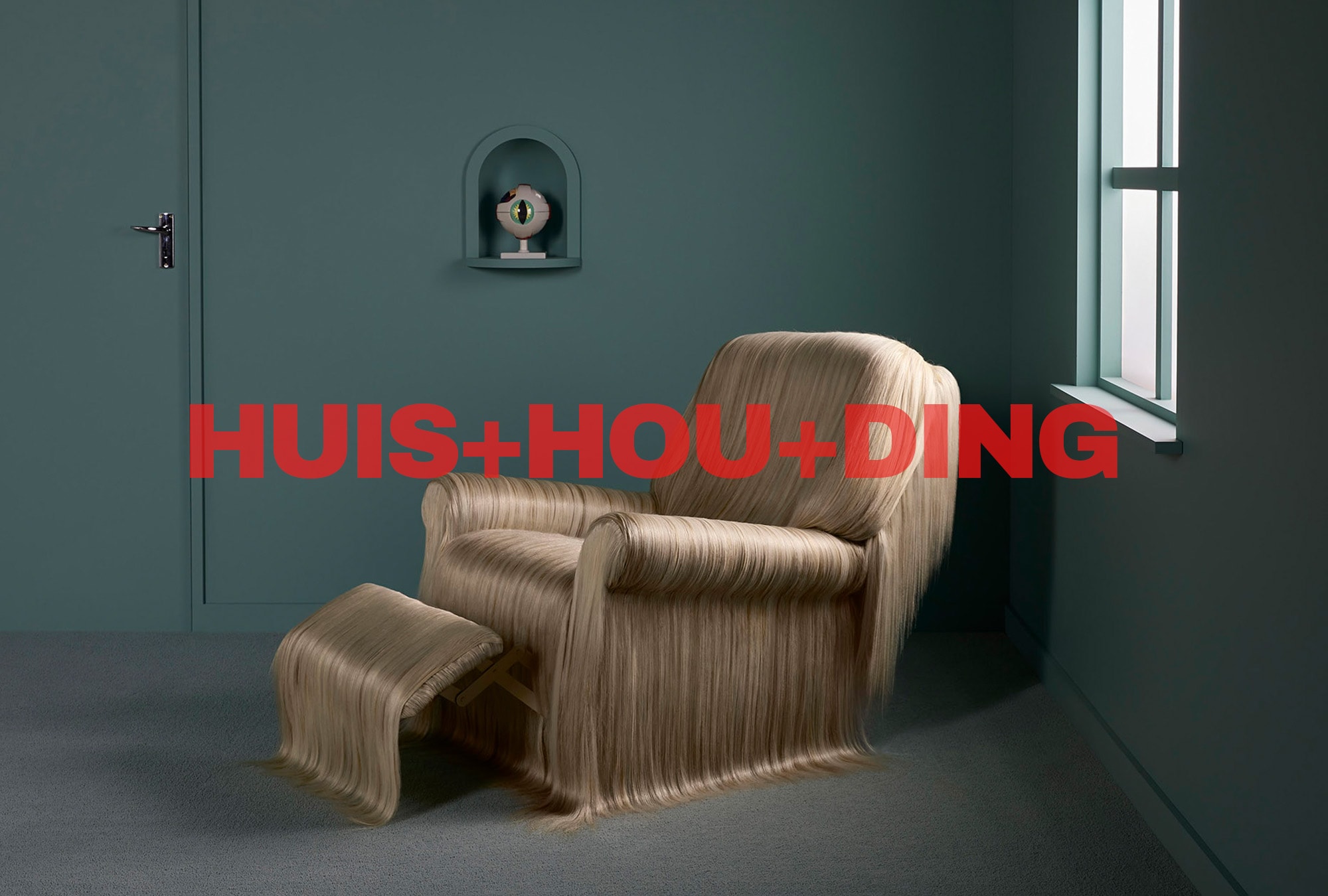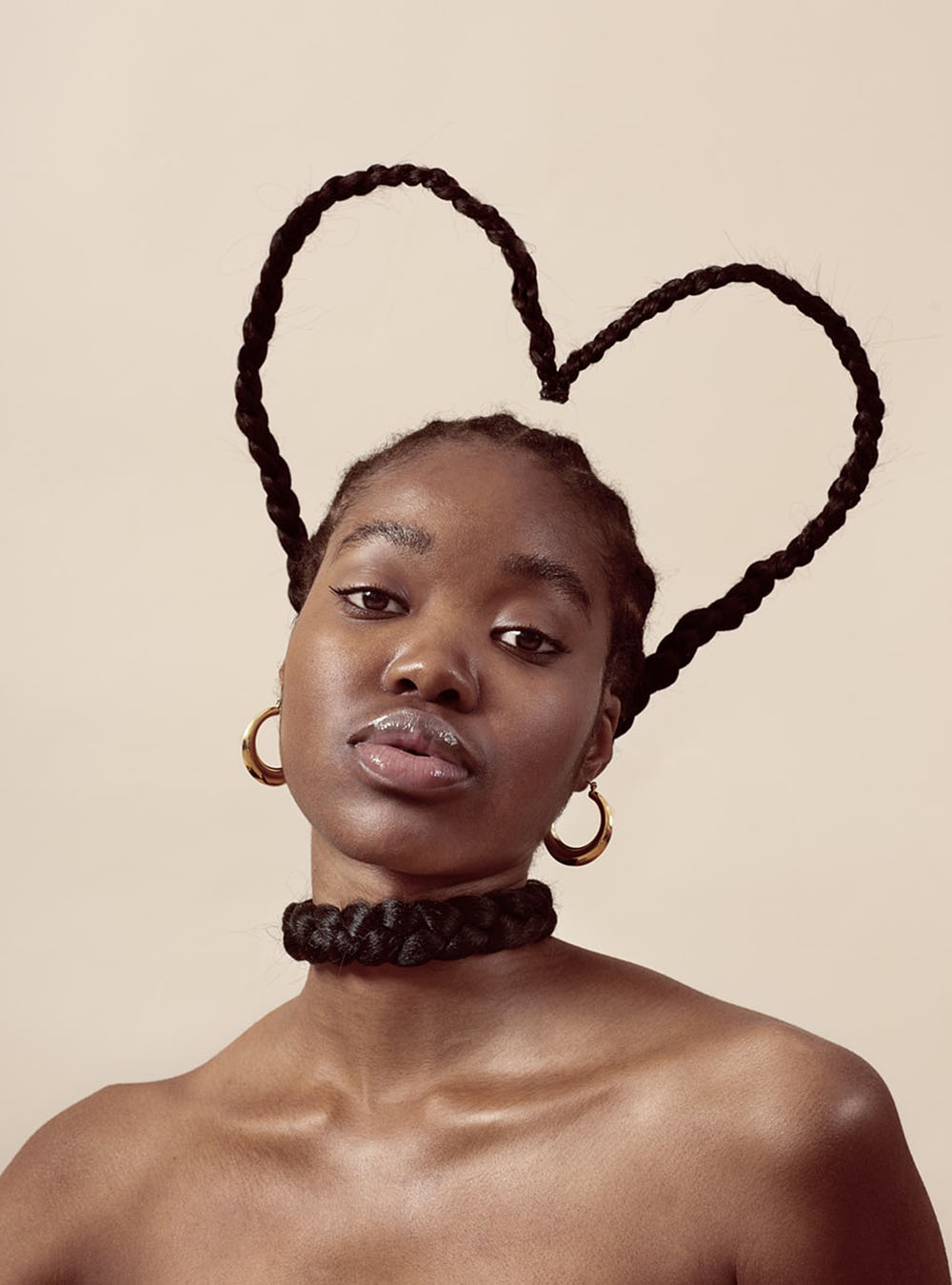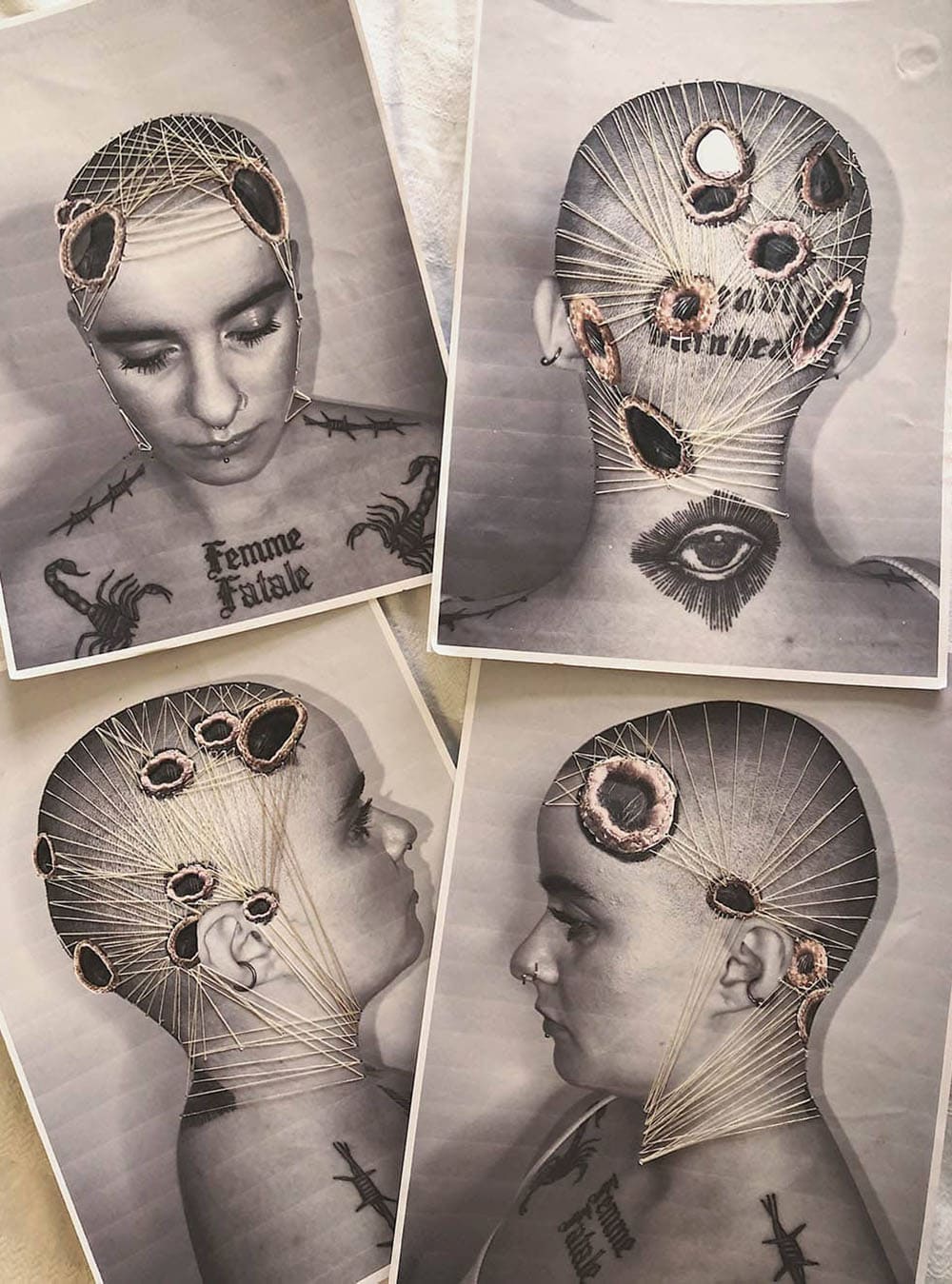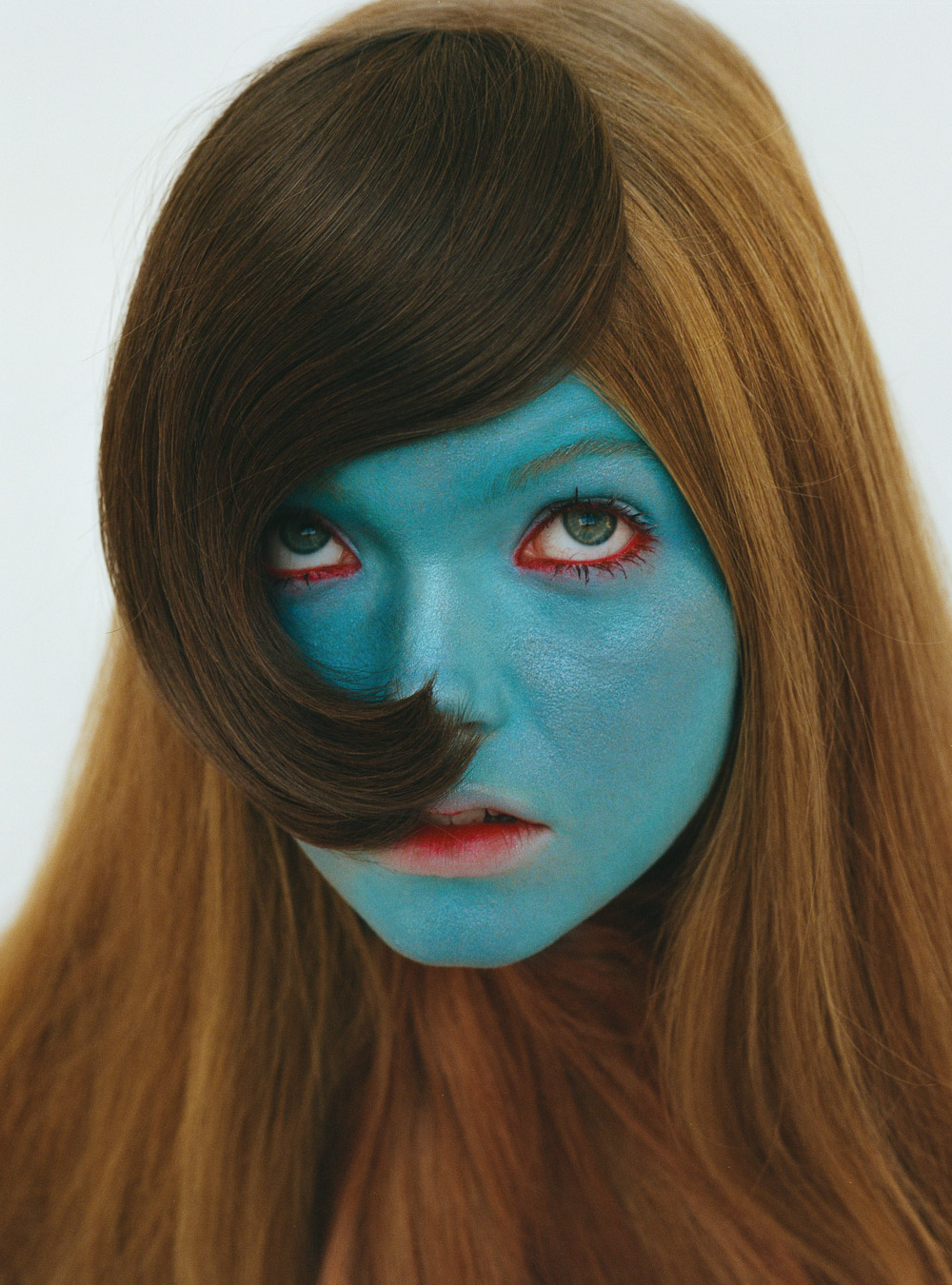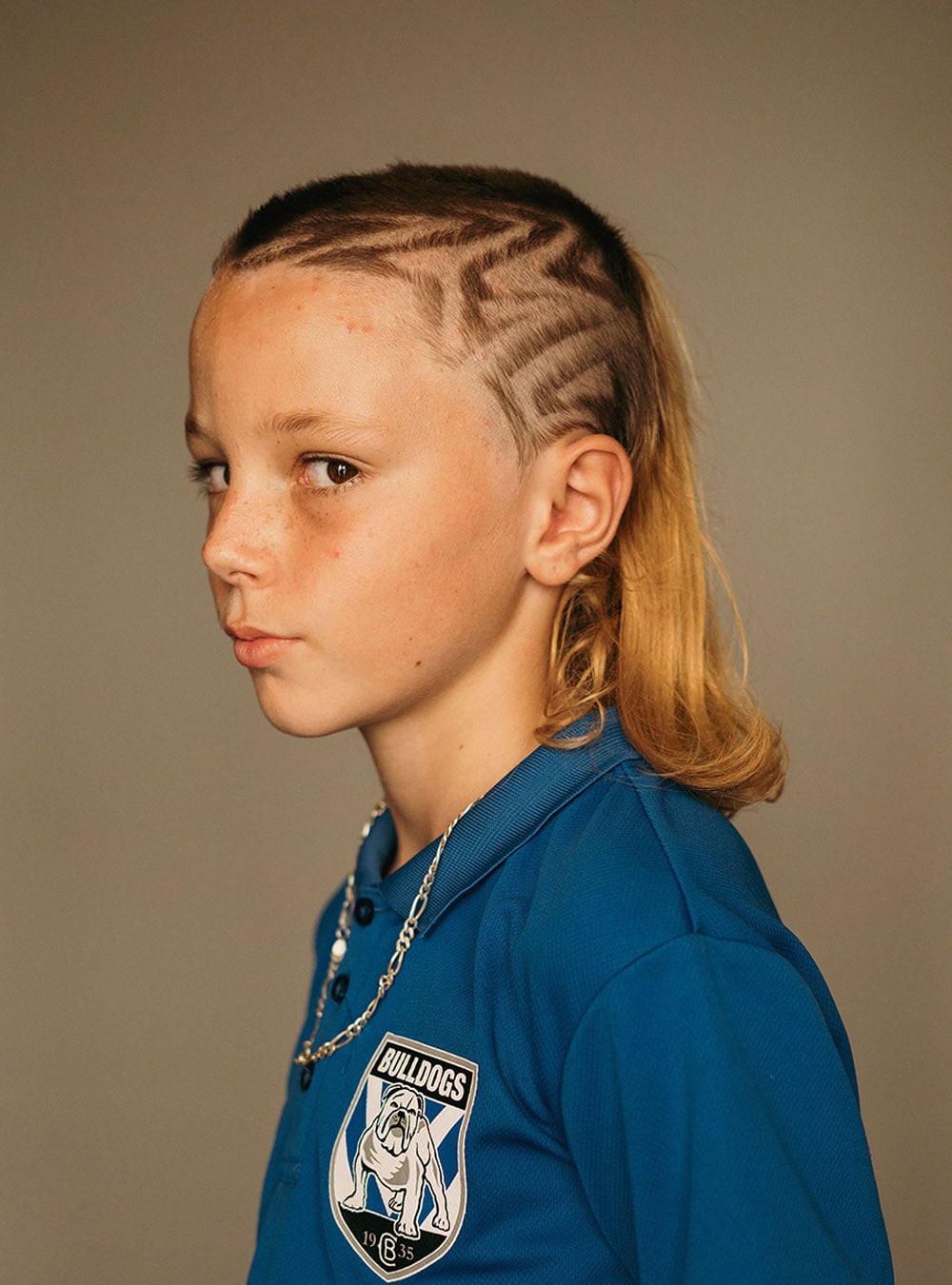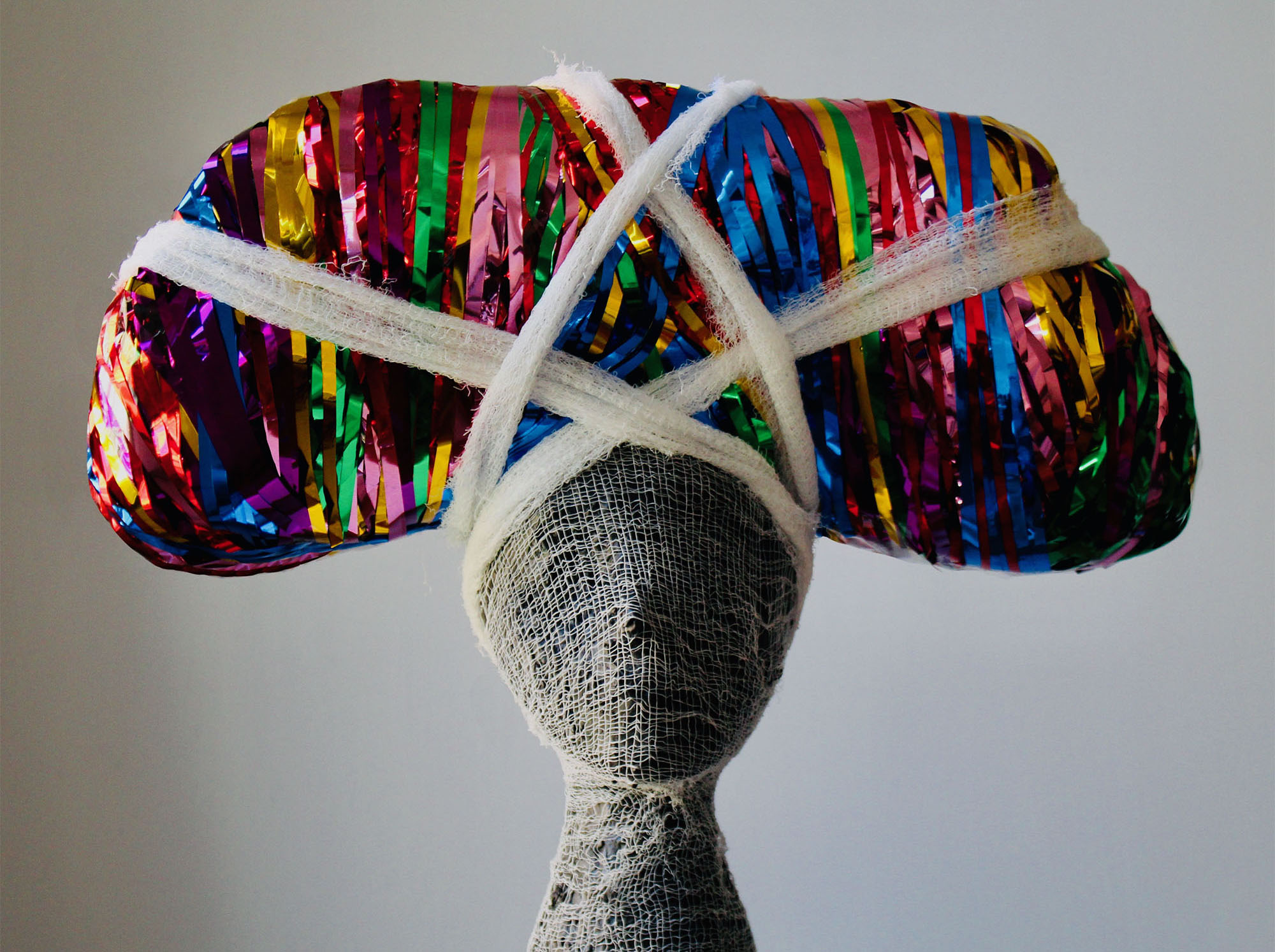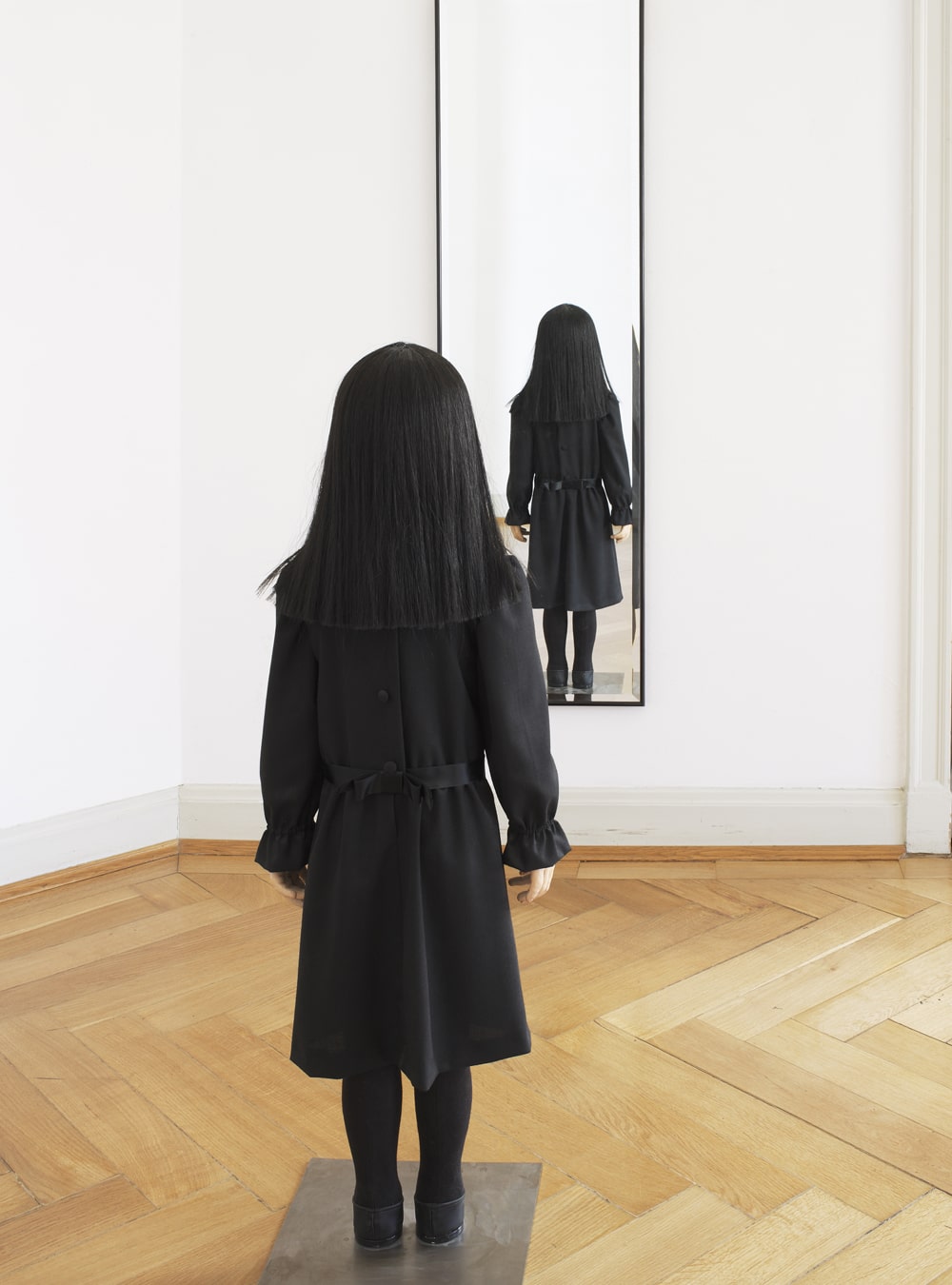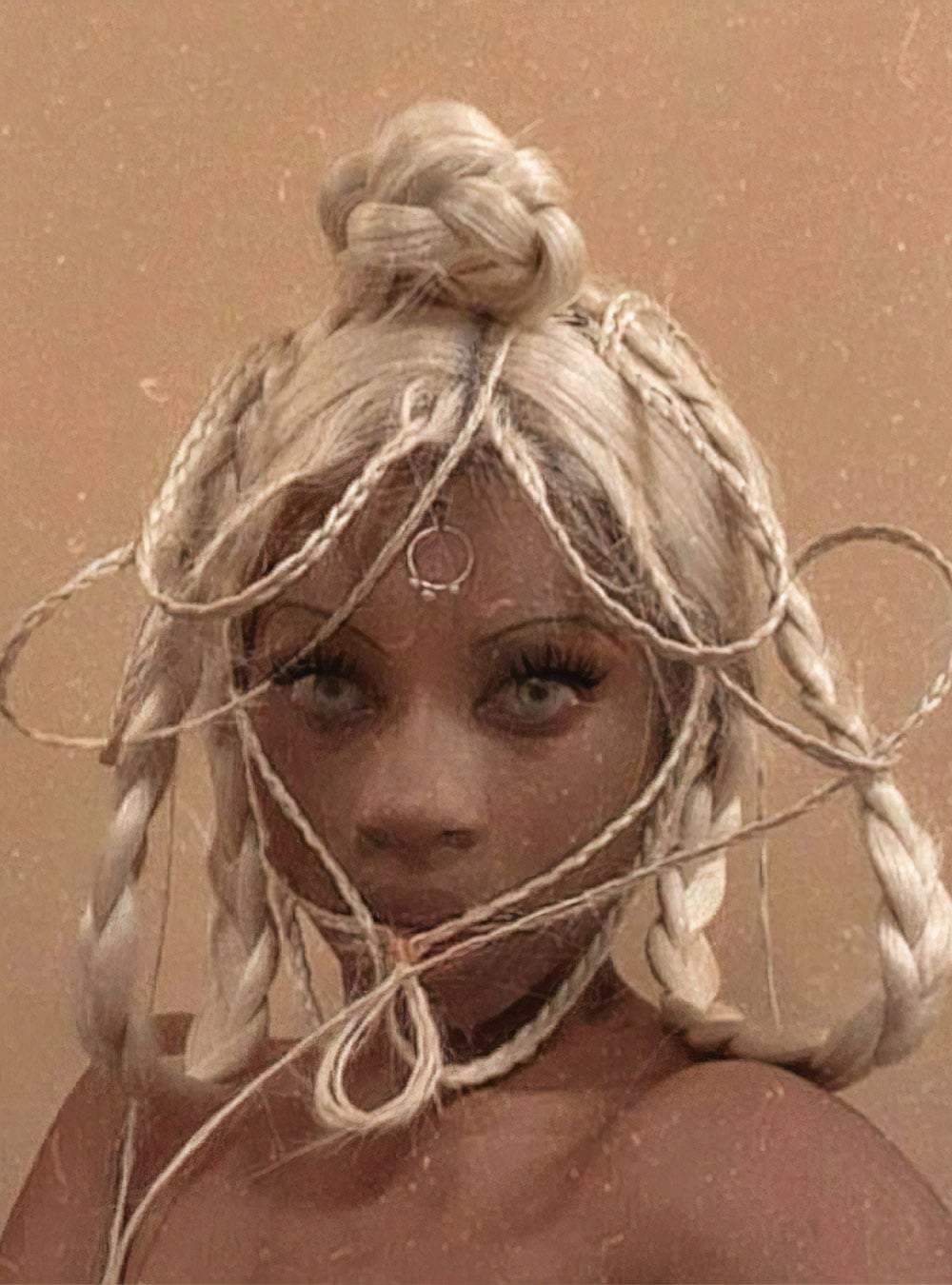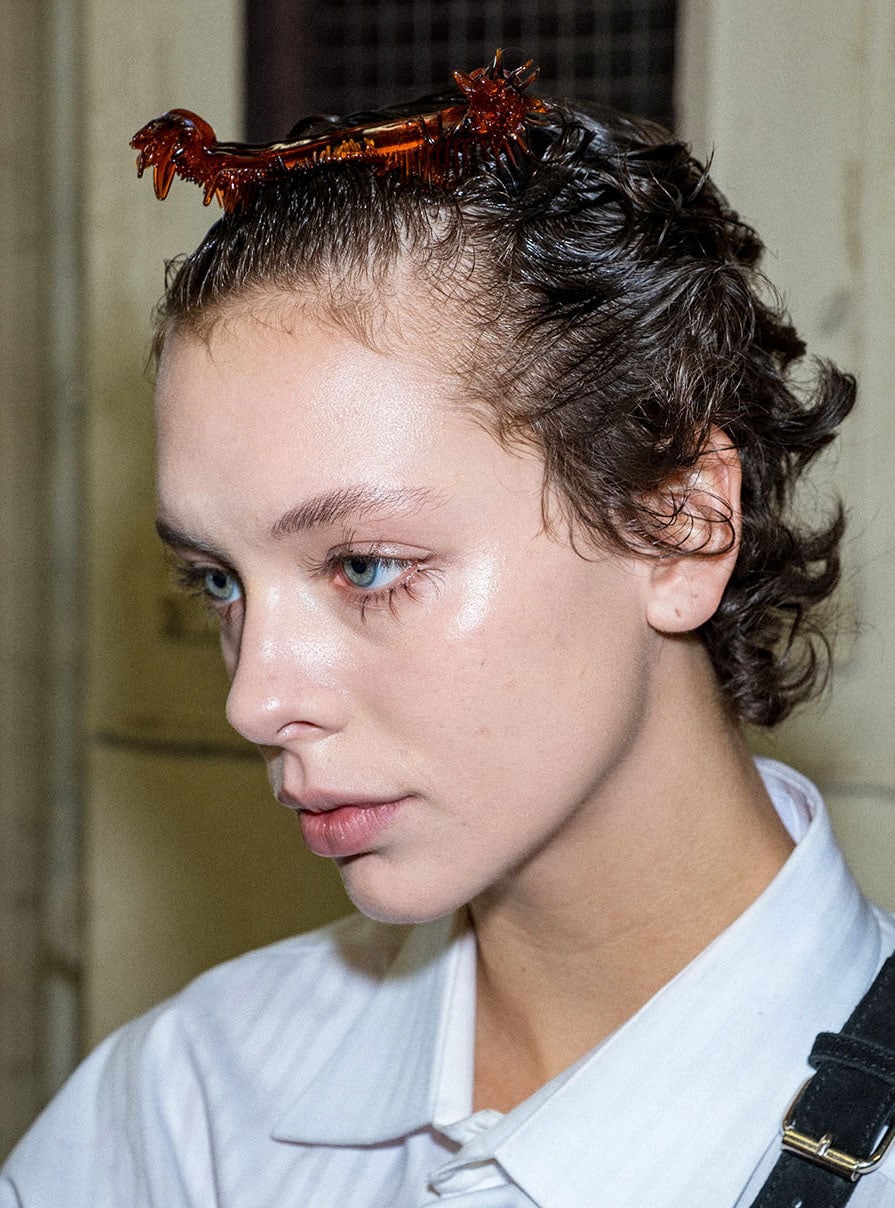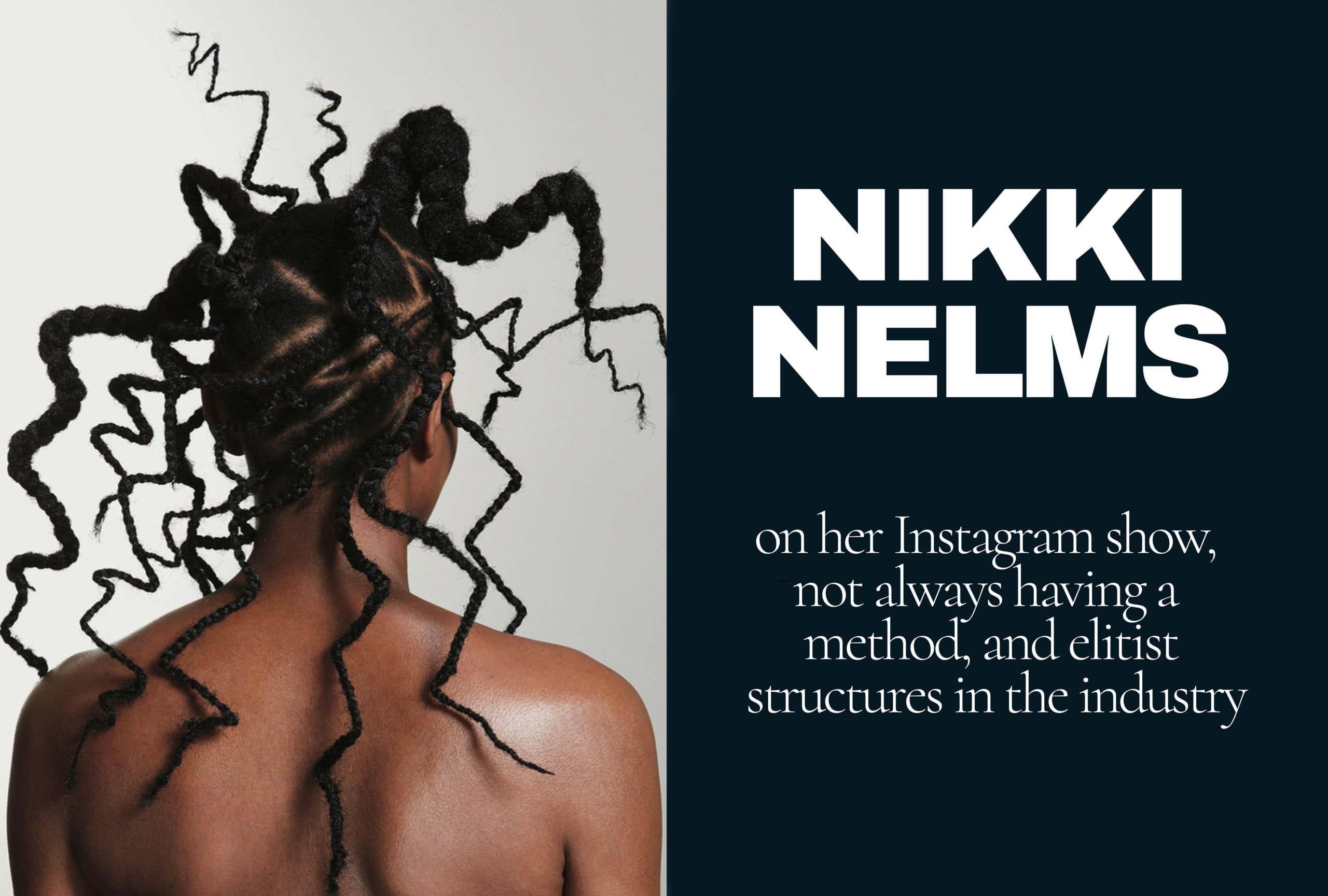Cast using polyurethane resin and porcelain, each doll measures around 40cm tall. While early incarnations were static, in 2012 the sisters developed their line of posable, ball-jointed dolls. This adds to their uncanny, lifelike feel, while the ability for provocative poses also adds a fetishistic dimension. For the sisters, the progression to posable dolls marked a big victory, with their frustration at the limitations of static limbs tracing all the way back to their childhood. “When we got our first doll, a standard Barbie doll, we were disappointed. We wanted her body to be more alive, we even tried to alter it with playdough,” they explain.
Due to the painstaking detail that goes into creating every doll by hand, each collection is very limited edition, the exclusivity of which only fuels their status as luxury art objects. For the sisters, the reason for the small numbers (they never do more than 15 of each) is down to a refusal to compromise on quality. Asked about the timeframe of production, the sisters shrug that it simply takes as long as it takes. Each doll is completed in its own time, before being finished off with their distinctive signature, a hand-painted moth.
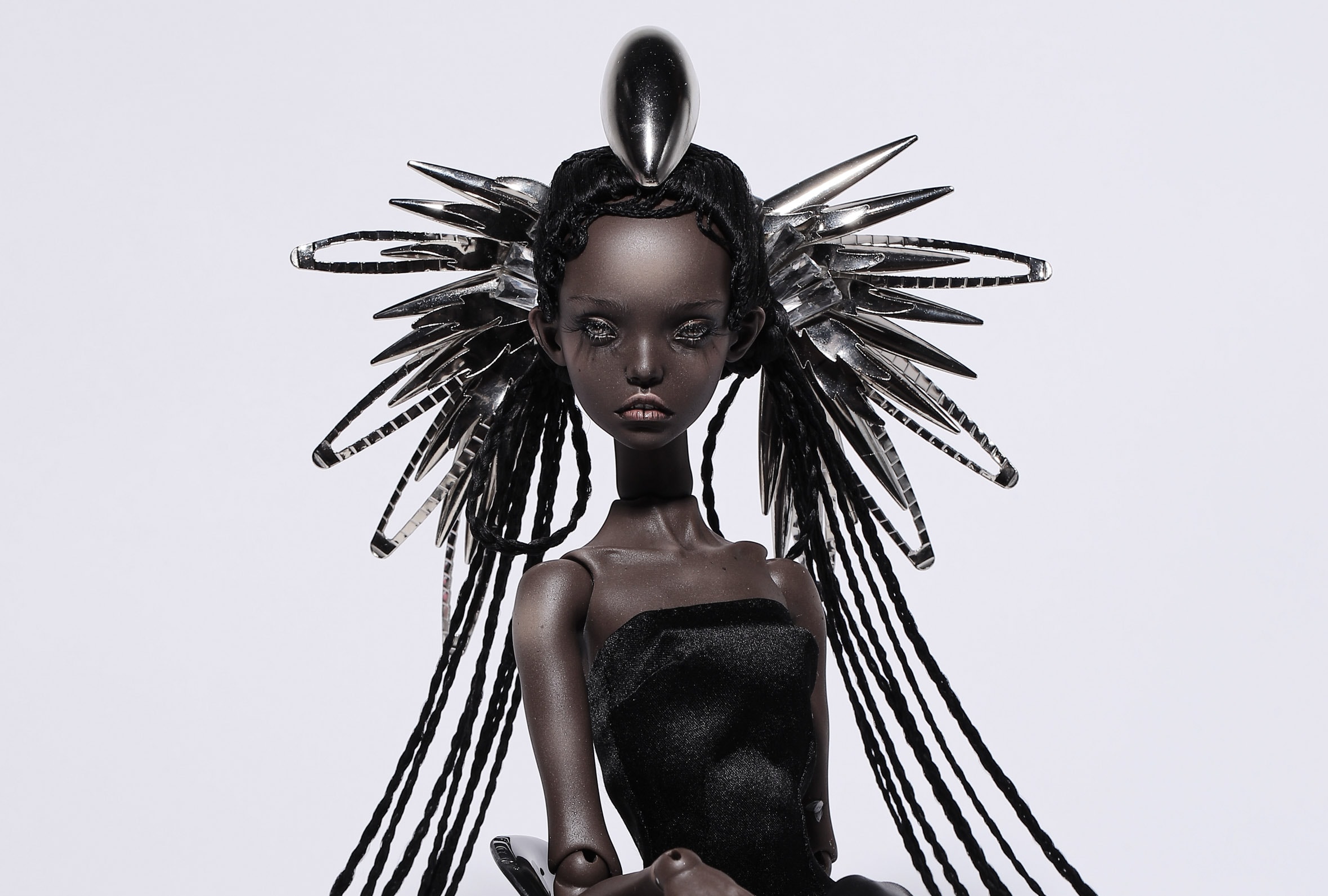
We visited the sisters at their workshop, just outside of St. Petersburg. Just as enigmatic in person as their work would suggest, we captured the duo in action, and documented the mesmerising artistry behind the creation of each doll.
How would you describe your dolls to someone who hadn’t seen them? Our dolls are teenage girls, ‘teenage moths’ with exaggerated, elongated proportions. The faces we portray are neither that of a women nor child. Each of our dolls has some kind of trait that could be considered an imperfection, such as protruding ears or uneven teeth. To us, there is no such notion as non-beautiful, all things are beautiful in their own way. Every face we create has its own peculiar features and expression. If you look at children’s photos when they haven’t learnt to pose yet, they won’t smile on purpose. They look at the camera and reveal whatever mood they are in. We wanted to reflect the same thing in the expressions of our dolls. For the character we envisaged a teenage girl of around 15-16 years old, a transition age.
Some of styles are challenging to create on a human-sized head, let alone a miniature version. How did you learn to do hair on such a small, intricate scale?
Through constant practice. We have improved our various techniques over the years. The way we see it, there is no task that we set ourselves which can’t be solved.
Do you work together on all aspects of the creative process, or do you each have distinct roles?
First we choose the theme, then we develop the prototypes based on that. This part we always do together. We draw, brainstorm what is going to be made from what and then divide the tasks. One of us will make the wig and shoes, while the other sews the outfit and paints the doll. Photographing them is something we always do together, it’s a really fun part of the process.
What is the starting point for a new collection?
Usually some general idea will be conjured up. For example, our next collection is inspired by birds. We have f
eathers which we were fortunate to obtain, sadly the bird was not so fortunate. We found a big pile of white feathers in the forest, scattered around, but there was no body. It took us hours to collect all the feathers from the grass! The theme always varies. For our static dolls collection, ‘Skin’, we were inspired by African art and animal skin patterns, while our ‘Royals’ collection included chess inspirations and royal motifs.
How important is the hair to the total image?
The hairstyles are always of great importance. For us it’s not even a hairstyle in the traditional sense, it’s a vital part of the whole image. Hairstyles are always closely tied to the full concept – the costume and the overall image of the doll. For us it is like a single art object.
What is the process for creating the hairstyles?
When we first started to produce dolls, we got acquainted with materials specifically used for producing wigs for dolls. These materials allowed us to make things more delicate and realistic. Our dolls have hair made from llama, goat or alpaca wool, which is very thin, flexible and easy to dye, so our wigs look really realistic. It all depends on what kind of look we’re trying to achieve, we choose the hair type depending on what kind of texture we need. We also use Japanese silk in our wigs as it adds a specific hardness so that it can take on different forms.
